I’m A Singaporean House-Hunting In Mexico City: Here’s What 2 Weeks On The Ground Taught Me
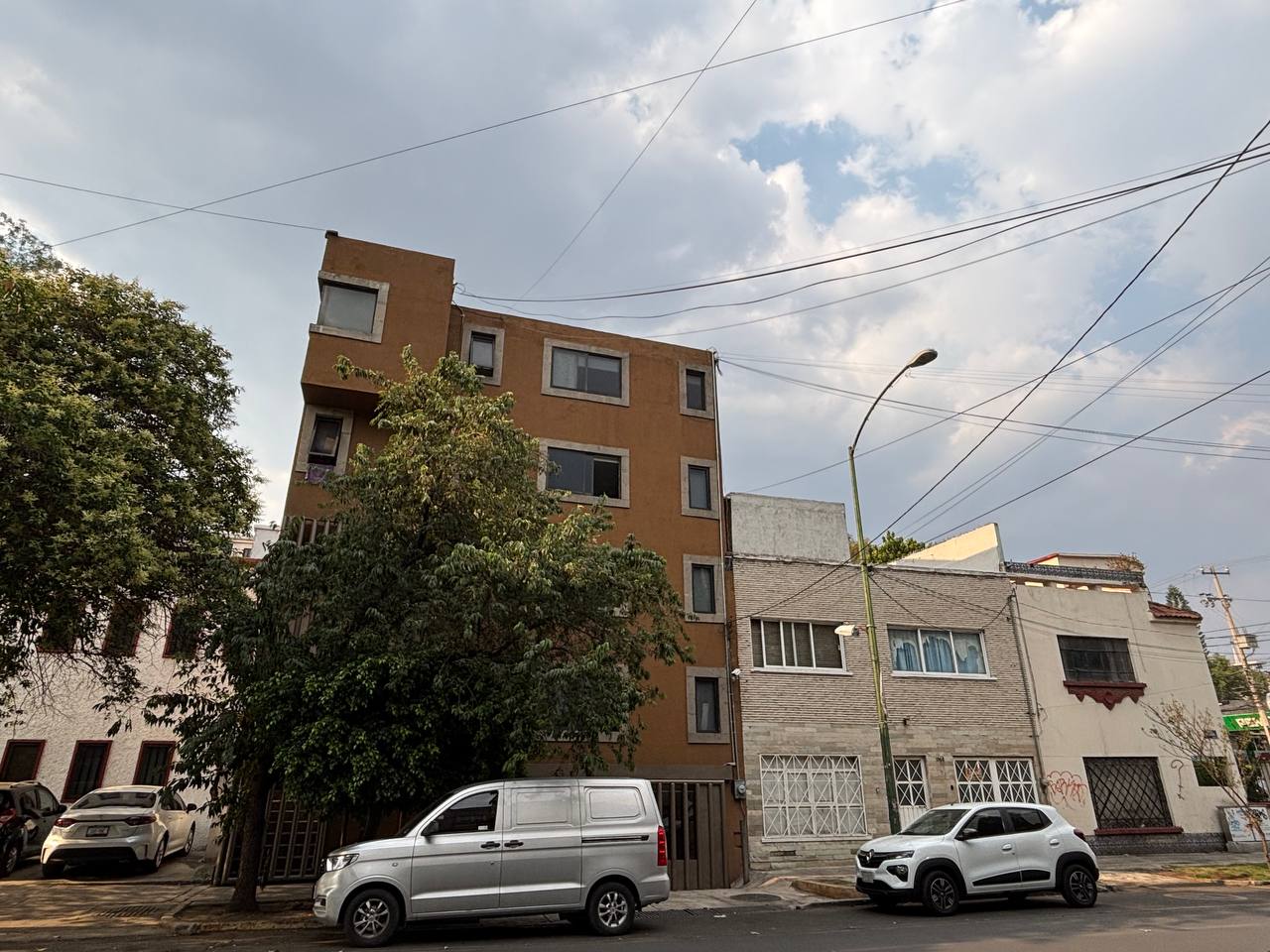
Get The Property Insights Serious Buyers Read First: Join 50,000+ readers who rely on our weekly breakdowns of Singapore’s property market.
A seasoned content strategist with over 17 years in the real estate and financial journalism sectors, Ryan has built a reputation for transforming complex industry jargon into accessible knowledge. With a track record of writing and editing for leading financial platforms and publications, Ryan's expertise has been recognised across various media outlets. His role as a former content editor for 99.co and a co-host for CNA 938's Open House programme underscores his commitment to providing valuable insights into the property market.
I don’t get why Singaporeans like to pick the UK, Australia, or somewhere else nearby as a second home. If I want to get away, I want to get far away; far enough that the environment I’m taking a break from will literally be on the other side of this planet. There’s even a good reason for people not to call, thanks to a 14-hour time difference.
And for that reason, one of my ideal home-away-from-home locations is Ciudad de México (CDMX). CDMX is often misunderstood: in media depictions, Hollywood gave us an image of sombreros, tequila, and endless desert. But behind that caricature is an Alpha World City with a growing financial footprint, and surprisingly overlooked opportunities for investment or second homes.
Over the past two weeks, I took a deeper look at the colonias (towns) I’d seriously considered, and discussed prices with realtors:
Why Mexico City (CDMX)?

For me, some of the factors are qualitative. I like variety and I loathe repetition; CDMX is utterly gigantic (about 10.7 times the size of Singapore), with colonias that completely transform over a few blocks.
You can eat lunch from a street vendor today, and from the verandah of a Michelin-star restaurant tomorrow. I can geek out at an Otaku centre that has four floors of Japanese card games and comics (next to two more blocks of it), watch a Lucha Libre match, or down micheladas that no other country dares make.
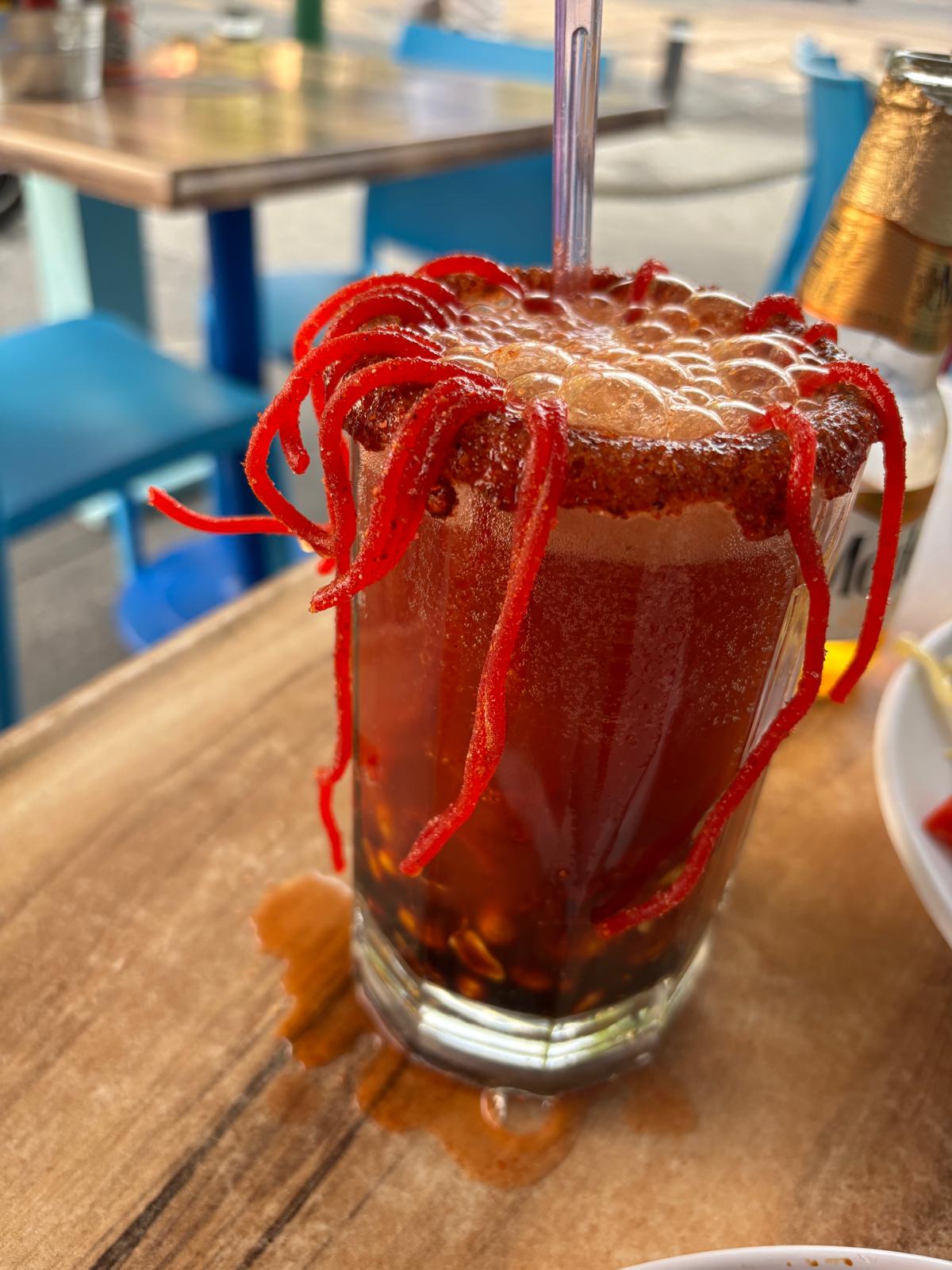
Unless you’ve actually been here, the sheer liveliness and (positive) chaos of CDMX is hard to describe.
But there are quantitative reasons as well
For all its cultural weight, CDMX remains shockingly affordable compared to most other Alpha World Cities.
In Singapore, $2,100 psf barely gets you into a Core Central Region (CCR) new launch.
In CDMX, you can still find well-located units in Roma or Condesa (explained below) at $400 to $600 psf, and even lower in some areas. That’s within the price range of an HDB flat or lower, for a private property.
These are also prices that apply to fairly large homes. I viewed multiple listings with 1,000 to 1,300 sq ft of liveable space, often with balconies, courtyards, or rooftop access. So the difference isn’t just price per square foot: it’s how much home your dollar buys in terms of lifestyle.
Oh, and incidentally, freehold is the default. Even as a foreign buyer, you own the property outright, indefinitely.
Eye-openers and hurdles for Singaporeans
First, language: While I speak Spanish like a drunk with a concussion, I can be understood (eventually). But if you don’t want to pick up some Spanish at all, there’s the usual challenge of living in cities where English – or other Asian languages – are less common.
Finding a bi-lingual lawyer, property agent, translator, etc. will be part of the requirements.
Second, CDMX is mind-bogglingly big; and I don’t mean that in the “Singaporeans think everywhere else is big” sense.
A mega-city is typically defined as a city with a population of 10 million or more. CDMX has a population of 22 million (larger than the population of Malaysia) spread out over 7,850 km².
CDMX is divided into 16 Alcaldias, which are a bit like Singapore’s districts; but each Alcadia has dozens to hundreds more colonias (or towns) within it. There’s roughly about 1,800 to 2,500 colonias which vary in size from a few blocks, to massive zones that are commercial hubs.
It really isn’t possible to know each town in-depth, unless you’re going to make it your full-time job to spend months or years researching them. Unlike Singapore, you cannot reasonably “go through” all the towns to find the right one. You need to accept that you’ll miss a few.
Third, the buying process is not as streamlined as in Singapore.
Each agent or brokerage controls their own listings, and they don’t always cooperate. Listings may not be updated between different agents, or checked and cross-shared. It’s possible to see the same unit listing with different prices, photos, and descriptions.
In fact this happened to me personally, when I was given two different prices and for the same listing in a Roma Norte project. Both agents simply shrugged it off as not uncommon.
Also, unlike Singapore where one or two portals have managed to corner the market, portals in CDMX are more varied. Inmuebles 24 has the most listings from my experience, although it’s not well curated and listings can repeat or be quite old. Other smaller portals, like La Haus or Propiedades.com seem to have newer user interfaces, but the listings can be a lot fewer.
Simply put, the search process is more time-consuming, and you need to make extra effort to check what the listings claim.
Other key differences in the transaction process
While there are restrictions as to what foreigners can buy in Mexico (the country), these restrictions don’t apply within CDMX.
Mexico imposes restrictions on foreign ownership within 50 km from the coast, or 100 km from a national border. CDMX is outside these areas, so you can go ahead and buy freehold property here; but take note that it doesn’t apply for all of Mexico.
That aside, some notable differences are:
- Mortgages are very impractical for foreigners
- Resale is the norm, and new launches are viewed with scepticism
- Sub-sale transactions are rare and not advised
- Co-broking is not the norm
- No conveyancing lawyer by default
- Fees and stamp duties are different
1. Mortgages are very impractical for foreigners
Most foreigners make their purchase in full cash, which is not as implausible as in Singapore, as the quantum is much lower (see below).
If you do want to get a mortgage in Mexico, you may need:
- To already have residency status in Mexico
- A relevant tax ID
- Credit history from a bank in Mexico
- Employment letter
- A local guarantor
The terms vary between banks so you may need some or all of the above.
Even if you can get the mortgage, the interest rates are extremely high compared to Singapore: expect to see around eight per cent per annum or higher. Loan tenures range from 10 to 20 years, and the Loan To Value (LTV) ratio may only be 70 per cent or lower for foreigners.
There’s also the usual forex issues, if the home loan is denominated in MXN. When you factor all this in, it’s really not worth the effort.
2. Resale is the norm, and new launches are viewed with scepticism
Buying a resale unit is the default in CDMX. Realtors I spoke to said this is an ongoing reputational issue that the market is trying to fix: it comes from the past when unreliable developers sometimes failed to finish projects.
The most notable example of this was the Homex scandal, when between 2005 to 2012, Homex managed to complete only 36 out of its 235 projects, financially destroying many homeowners.
A new launch (referred to as en preventa in Mexico) also means paying 30 per cent upfront, and then paying the remaining 70 per cent after delivery. This is much more simplified than Singapore’s arguably fairer and safer Progressive Payment Scheme (PPS). Note if the project isn’t completed, you may not get the 30 per cent back.
When new launch units do come around, developers have pricing strategies very similar to Singapore: they give early-bird discounts to entice buyers. But there’s a strong consensus that the discount doesn’t justify the risk.
3. Sub-sale transactions are rare and not advised
In Mexico, the developers themselves often step in to prevent this (and yes, they have the legal means to prohibit it.)
A sub-sale transaction in Mexico is very different, because the sub-sale buyer does not actually purchase the title to the unit. They can’t do that because legally, the title to the property doesn’t even exist in the buyer’s name, until the unit is fully built.
So when you buy a sub-sale, what you’re really buying is the transfer of the rights to the property, once it’s finished. If something goes wrong, such as the original buyer being unable to carry on paying, you could be left with nothing (the developer might not let you step in and continue as the purchaser).
Likewise, if the development is stalled or cancelled, the original buyer has nothing to transfer to you; and legal battles will then commence.
According to realtors, developers also don’t allow this because they dislike earlier buyers undercutting them. For example: if earlier buyers purchased the unit at 30 per cent cheaper, then the developer “normalises” the price, the earlier buyers can then poach new buyers by offering sub-sale units at cheaper than the developer’s pricing.
4. Co-broking is not the norm
Having a “buyer’s agent” is not a common thing in Mexico. Most agents represent sellers only, and are unwilling to co-broke.
There are agents or property firms who provide advisor services to buyers; but they’re almost always paid for by you, if you engage them. This is different from Singapore, where the seller usually pays the commission, and the seller and buyer agents split the commission between them.
As for selling, the usual commission rate is around six per cent; but you can bargain to reduce this for higher-value properties. This is higher than Singapore’s standard commission of two per cent (but the quantum of properties in CDMX also tends to be lower.)
5. No conveyancing lawyer by default
Don’t want a conveyancing lawyer of your own? Feel free to not pay one. I would, though, if I was buying property in a foreign country. You can ask that any contract you sign be in English, but that doesn’t change the fact that it’s a foreign legal system (or that Legalese in any language can be a challenge.)
MXN 15,000 to 40,000 (about $1,100 to $3,000) is common for most straightforward transactions. In Singapore, the expected norm is about $2,500 to $3,000.
6. Fees and stamp duties are different
The equivalent of our Buyers Stamp Duty (BSD) is the Mexican Impusto sobre Adquisición de Inmuebles (ISAI).
More from Stacked
5 Condos With Disappointing Early Sales That Became Profitable Later (Some Had To Discount)
If you are visiting a hawker centre for the first time, how do you decide which chicken rice stall to…
Upon purchasing a property, you’ll get a one time ISAI tax of between 4.5 to 5 per cent of the property’s declared value. Yes, there’s a reason they let you get away with that, which I’ll tell you in a minute.
Later, if you sell the property, you’ll need to pay the Impuesto sobre la Renta (ISR). This is a capital gains tax, which is 35 per cent of your net profit. That is, any amount sold above the original buying price – so if you underdeclared the value earlier, this is how it gets clawed back from you.
It is possible to get exemptions from the ISR, but foreigners rarely qualify. This is because you need to prove the property was a primary residence (i.e., you were a pure owner-occupier.) This is up to the government’s judgement, so unless you’re very convincing – such as working and living in CDMX for a long time, raising a family in the property, and so forth – just count on paying the full 35 per cent.
This separation of entry and exit taxes makes it crucial to plan both your purchase and potential resale carefully; hence my suggestion that you hire the conveyancing firm for advice.
Is it cheaper than Singapore’s stamp duties?
It’s not really possible to say definitively whether Mexico City or Singapore is cheaper overall; that depends entirely on your eventual resale price.
But as a general rule of thumb, CDMX is cheaper at the point of entry, especially because there’s no ABSD equivalent.
CDMX is pricier at the point of exit, as Singapore has no capital gains tax at all. So the ultimate financial outcome comes down to one thing: how well your property performs over time.
If your goal is long-term lifestyle use or rental income, Mexico City may still come out ahead. But if you’re banking on a big resale profit, Singapore’s tax structure may be more favourable.
Now let’s get what everyone wants to know: the prices
As I mentioned, CDMX is massive, and I suspect Stacked won’t give me a year or two to go and check out every neighbourhood. So I filtered it down to fourlikely candidates, which I’ll align with roughly similar places in Singapore as analogies:
Note: I was asked not to take and show interior shots of specific units, so I won’t out of respect for the agent(s) who trust me. Instead, I’ll try to give you a sense of the area from exterior shots and the prices.
1. Roma Norte
Singaporean equivalent: Tiong Bahru, or possibly Telok Ayer. Anywhere with clear hipster appeal.
Average price: Approx. $520 psf, with most units I was shown being in the range of 900 to 1,000 sq.ft. (about a 4-room flat).
Average quantum: Approx. $470,000 to $520,000
Alleged rental yield: Approx. 6.5 per cent
Roma Norte is a favourite among the younger crowd and tourists alike. Think rooftop bars with ironic names, artisanal cafes that serve brunch, and baristas that have probably read Murakami novels in English, and can converse with you.
This area is best described as “fashionably poor.” That is, it’s meant to look Bohemian and cheap, while actually being very expensive. The area also attracts digital nomads and tech-start up types.
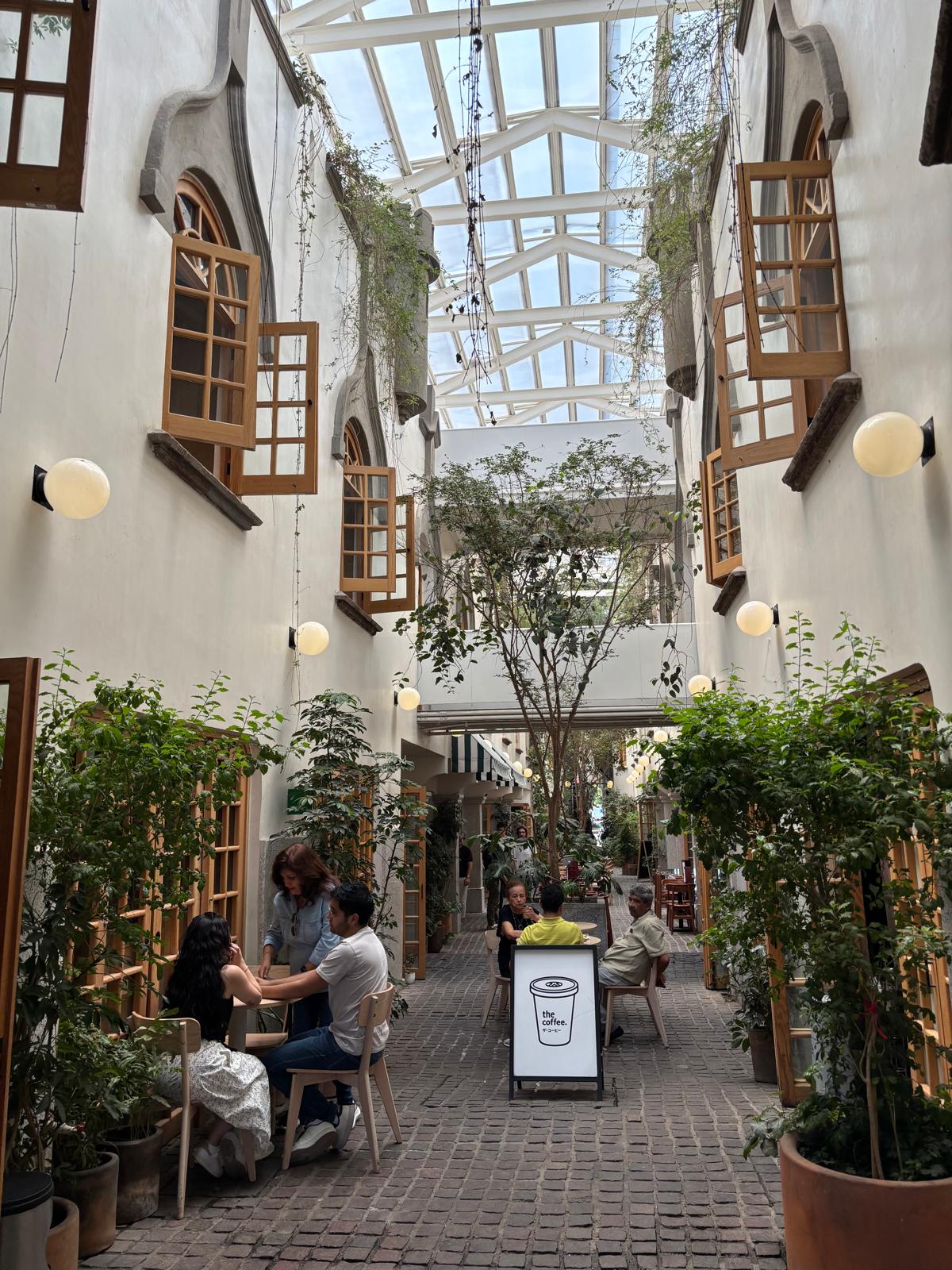
You get what I mean by the Tiong Bahru vibe now, right? Some of these units are walk-ups, by the way.
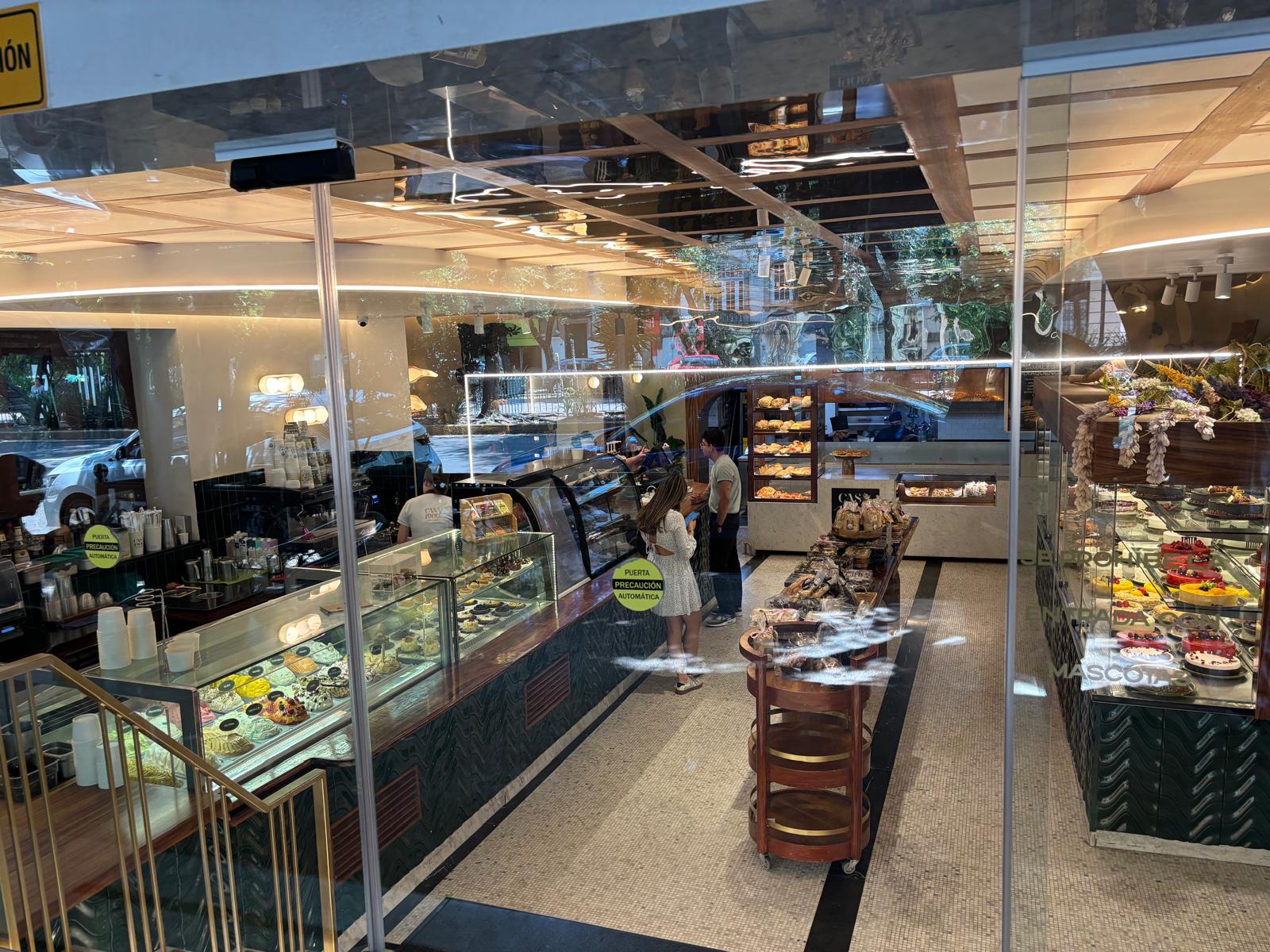
They wouldn’t let me take pictures inside the bakery, but I could smell the prices from behind the glass.
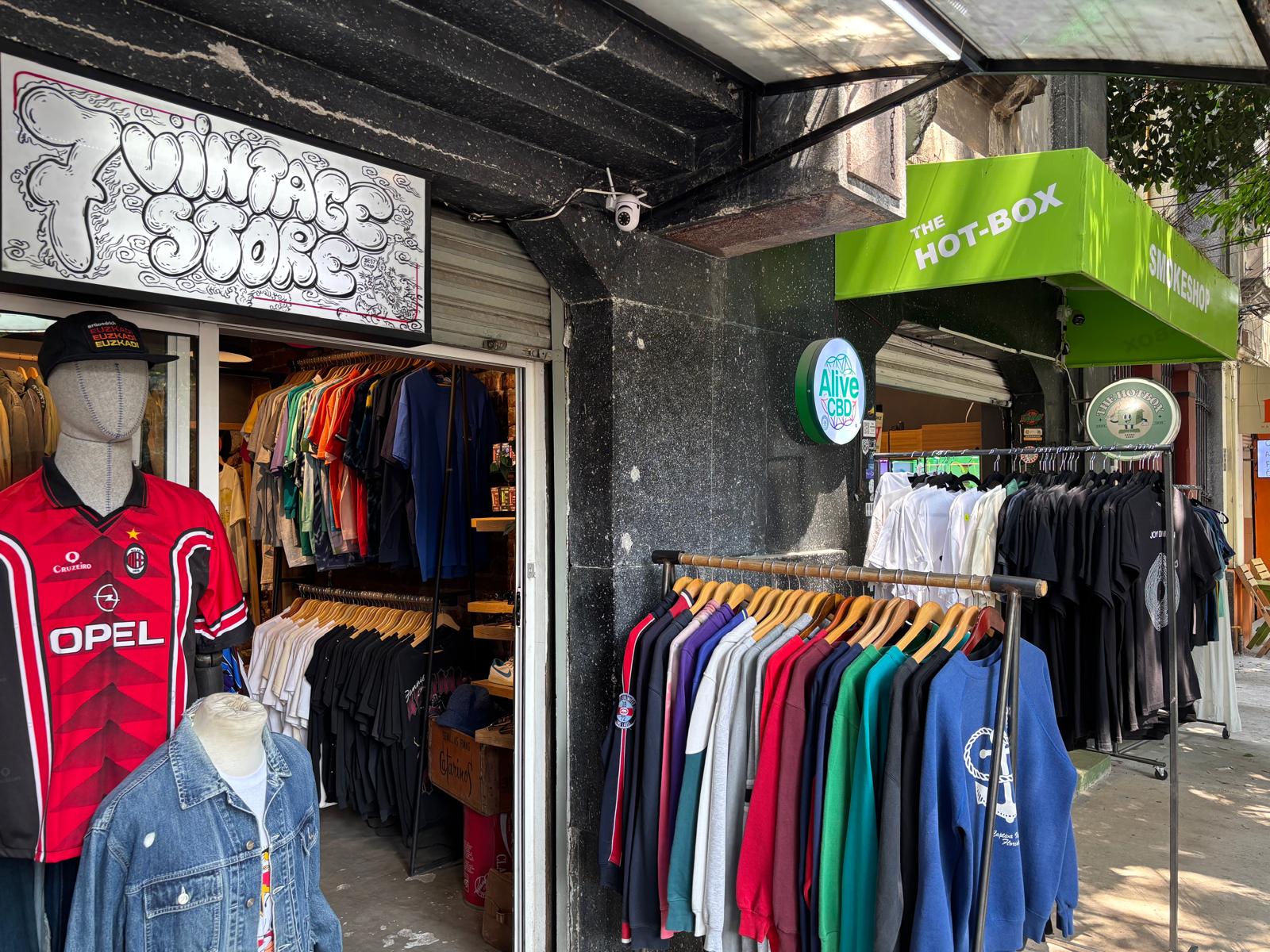
Boutiques here have that whole “rugged” vibe, but they often sell higher-end products and have the price tags to match.
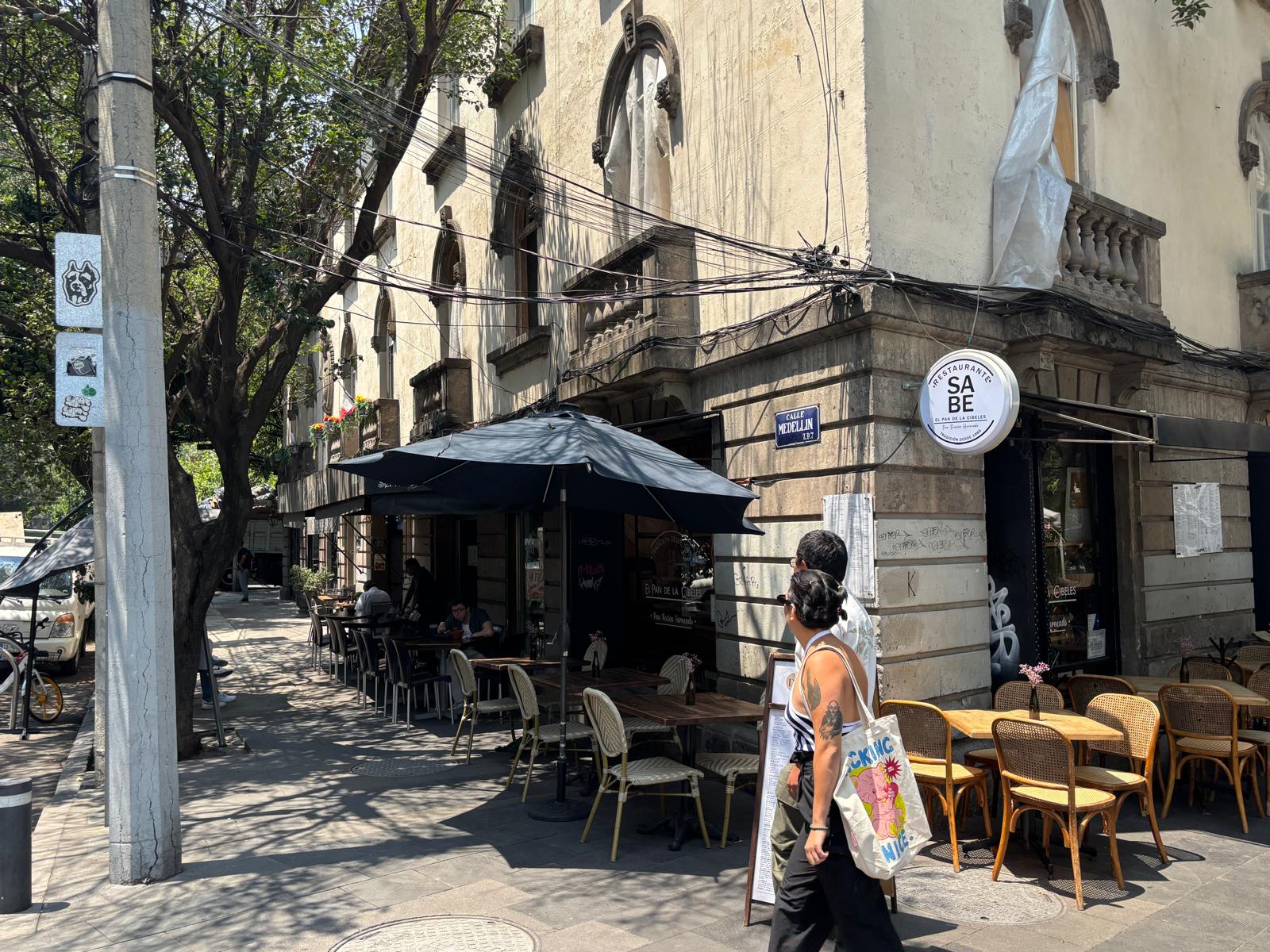
This is what it looks like on the street. The buildings here look old, but are often very upscale inside.
While this area was high on my list, I was warned that it has earthquake issues. The buildings here constructed after 1985 are safer, because they were built after stricter safety codes; but any buildings older than that may be structurally weaker, and this impacts insurance issues.
Parking is also very limited here, and there are some roads where it gets very congested – so this is more of a walking neighbourhood. Whilst I love the amenities here, and I feel there’s solid rental potential (so many expats and Airbnb hunters), there is something missing.
Maybe it’s all the fancy cafes and restaurants driving out the tienditas; those are the little minimarts and convenience stores that are also rapidly vanishing in Singapore.
2. Polanco
Singaporean equivalent: District 9 or 10. Think Orchard, Somerset, etc.
Average price: Approx. $565 to $690 psf, with most units I was shown being in the gigantic range of 2,000+ sq.ft.
Average quantum: Approx. $1.4 million to $1.6 million
Alleged rental yield: Approx four to five per cent
Every alpha city in the world has a place like this. In Singapore it’s the Orchard area, in CDMX it’s Polanco. Expensive designer goods, high-end restaurants, lots of shopping malls…you already know how it is.
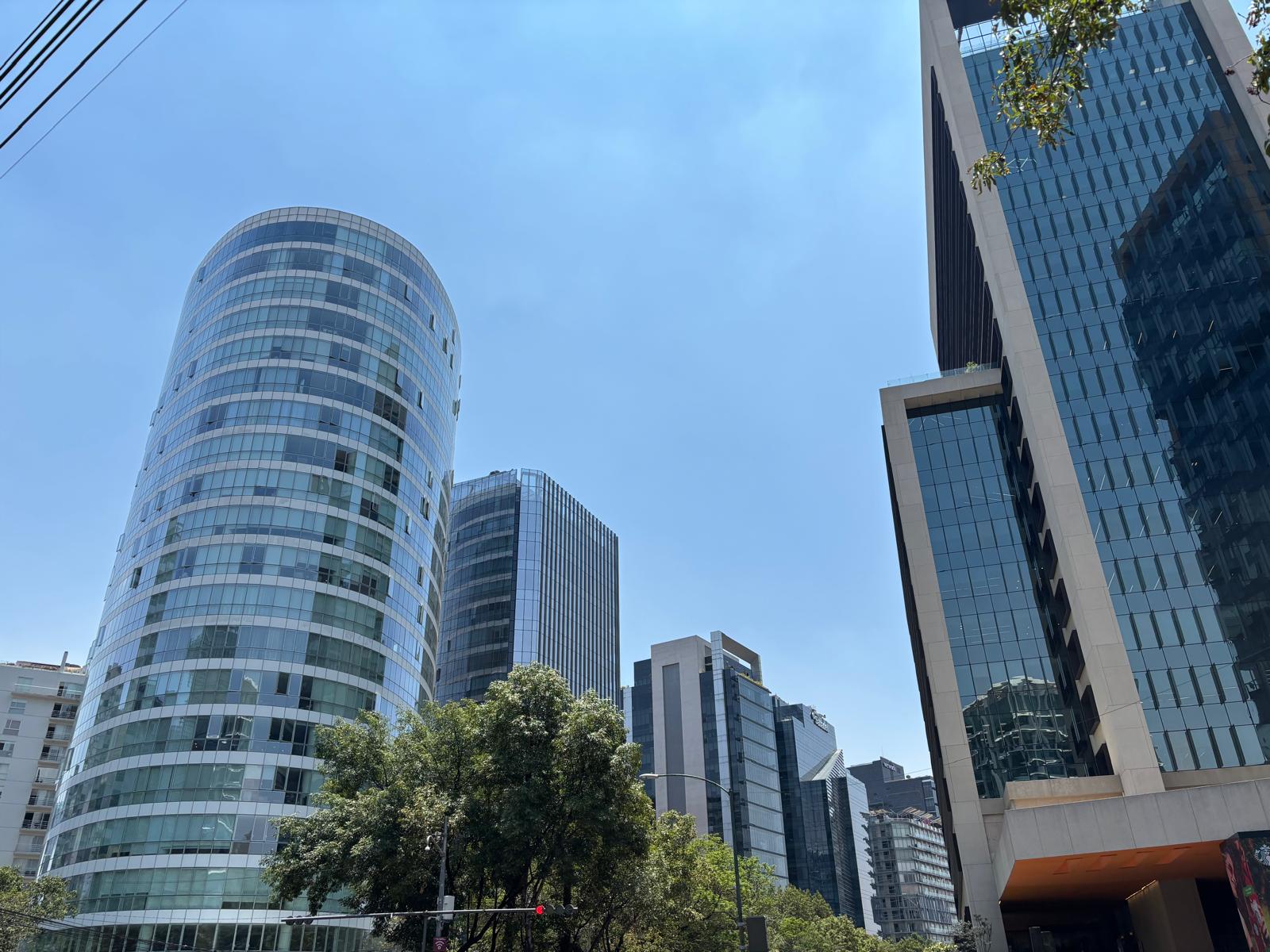
All the prime spots in major cities tend to end up looking the same.
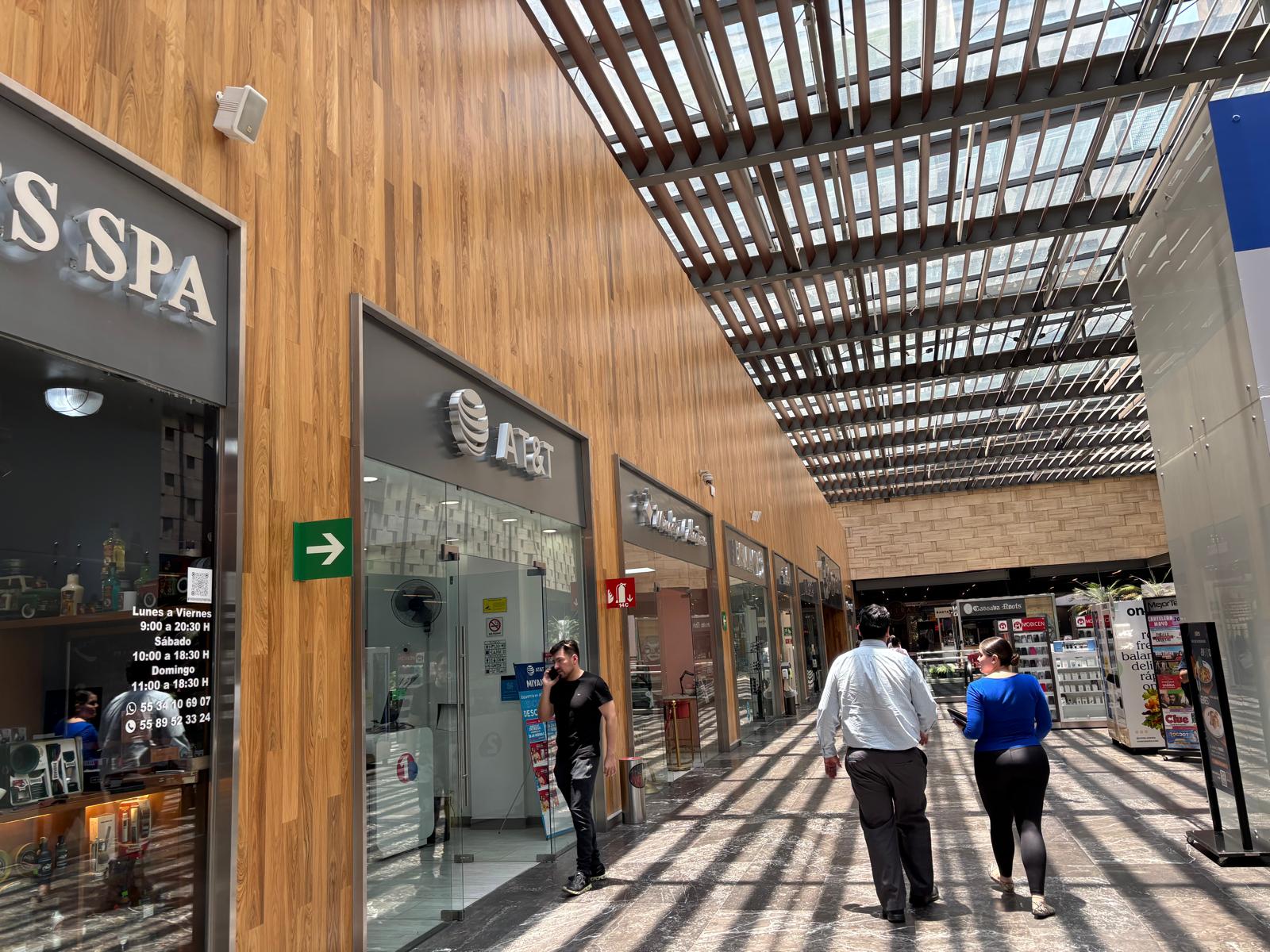
Shopping mall and…
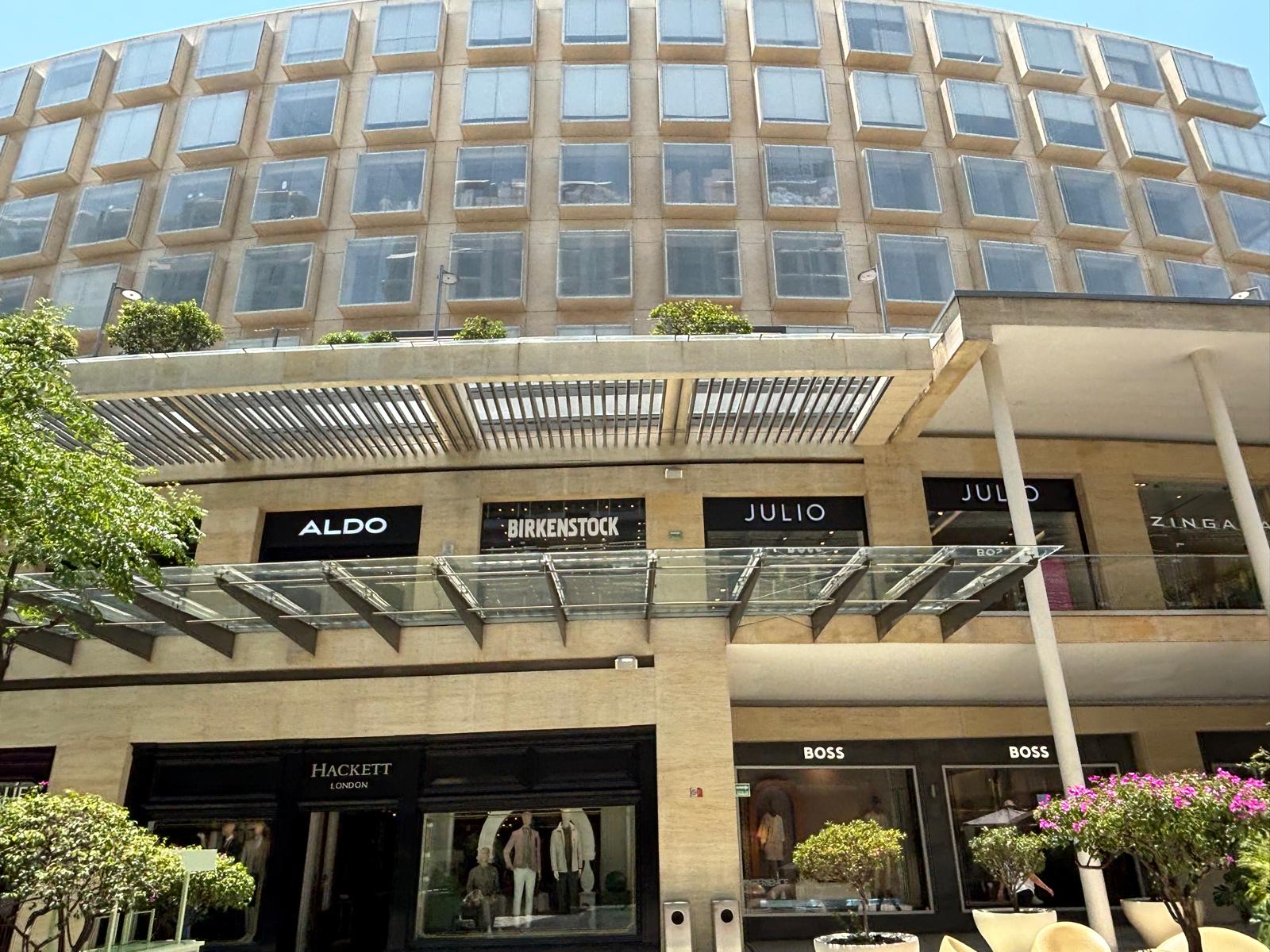
More shopping malls, and…
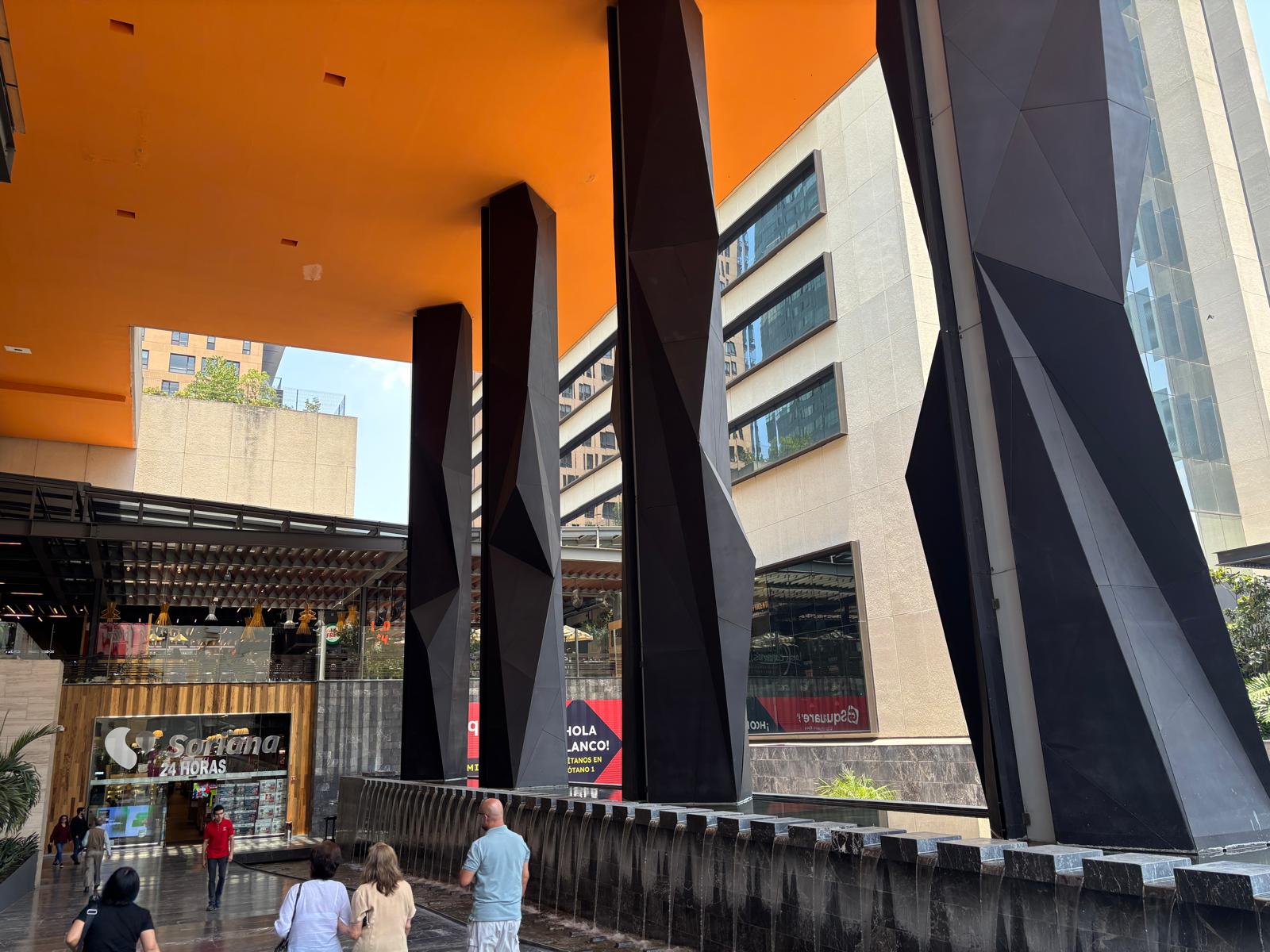
Okay enough, I think we get the idea.
Honestly this area feels like Orchard Road, albeit with dryer weather. I really didn’t like it because amenities are not practical for me (who is buying designer things every day?), the quantum is too high considering I have to use cash, and the tourist mob is as bad as Orchard on a weekend back home.
I heard the same arguments for properties here that are made for our prime districts: they are more recession resistant, they are better for capital retention because their location is irreplaceable, it draws affluent foreign buyers at resale, etc. But I decided I have no interest in being an affluent foreign buyer’s exit liquidity.
3. Condesa
Singaporean equivalent: Bukit Timah, due to its strong emphasis on greenery and a break from the heavily urban surroundings
Average price: Approx. $408 psf, with most units I was shown being around 1,300 to 1,500 sq.ft. (around the size of a 5-room to executive flat)
Average quantum: Approx. $530,000 to $600,000
Alleged rental yield: Approx. eight to nine per cent
Condesa definitely delivers with green spaces and parks. This is the type of place for families who like to go outdoors, people who own bikes and use them regularly, or for anyone with multiple pets and likes dog runs. I have to admit it looks very different from the heavily urban vibe of CDMX.
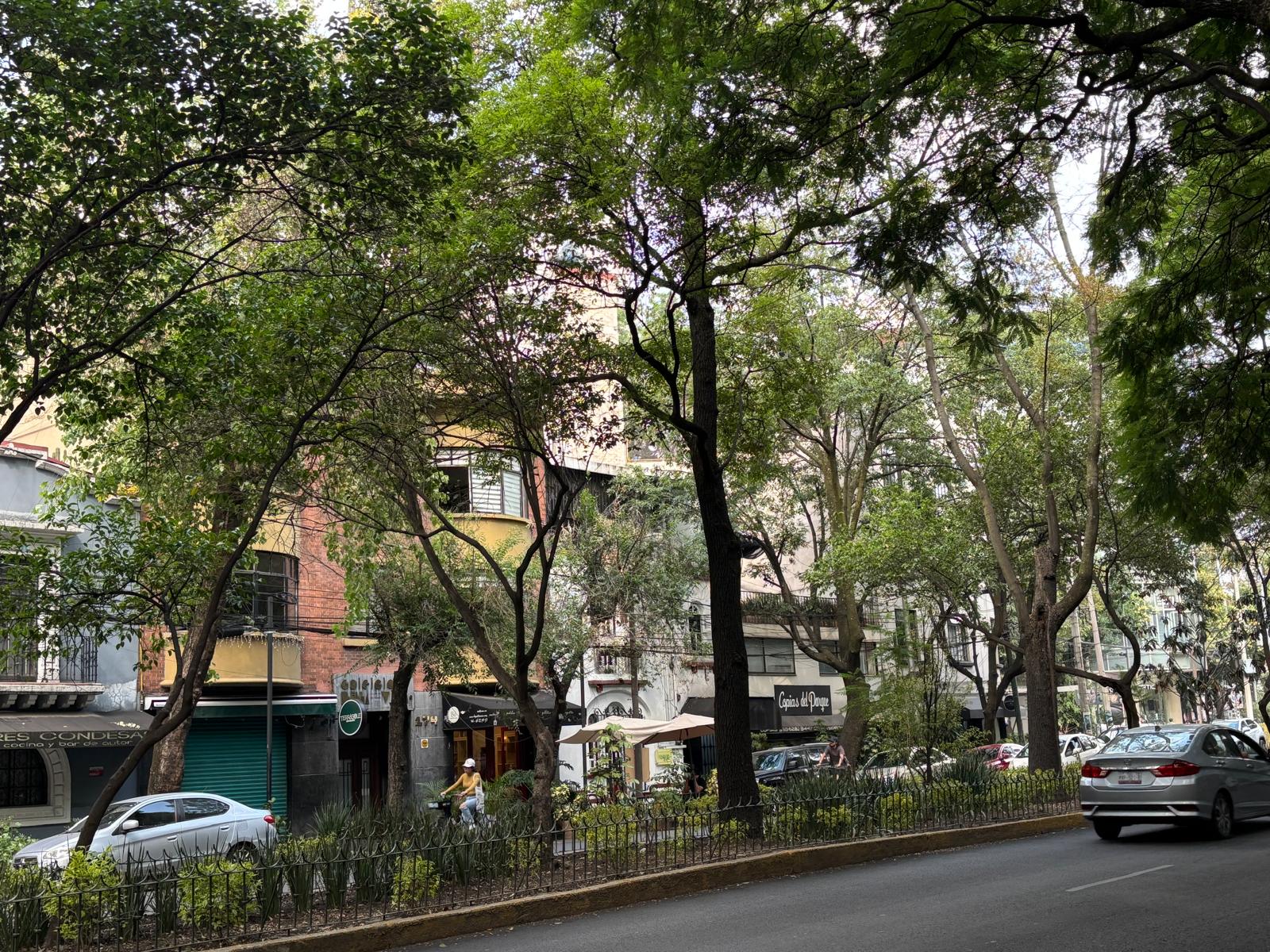
Those roads still seem a bit close to those units for me, but the greenery makes up for it; as does the nearby park.
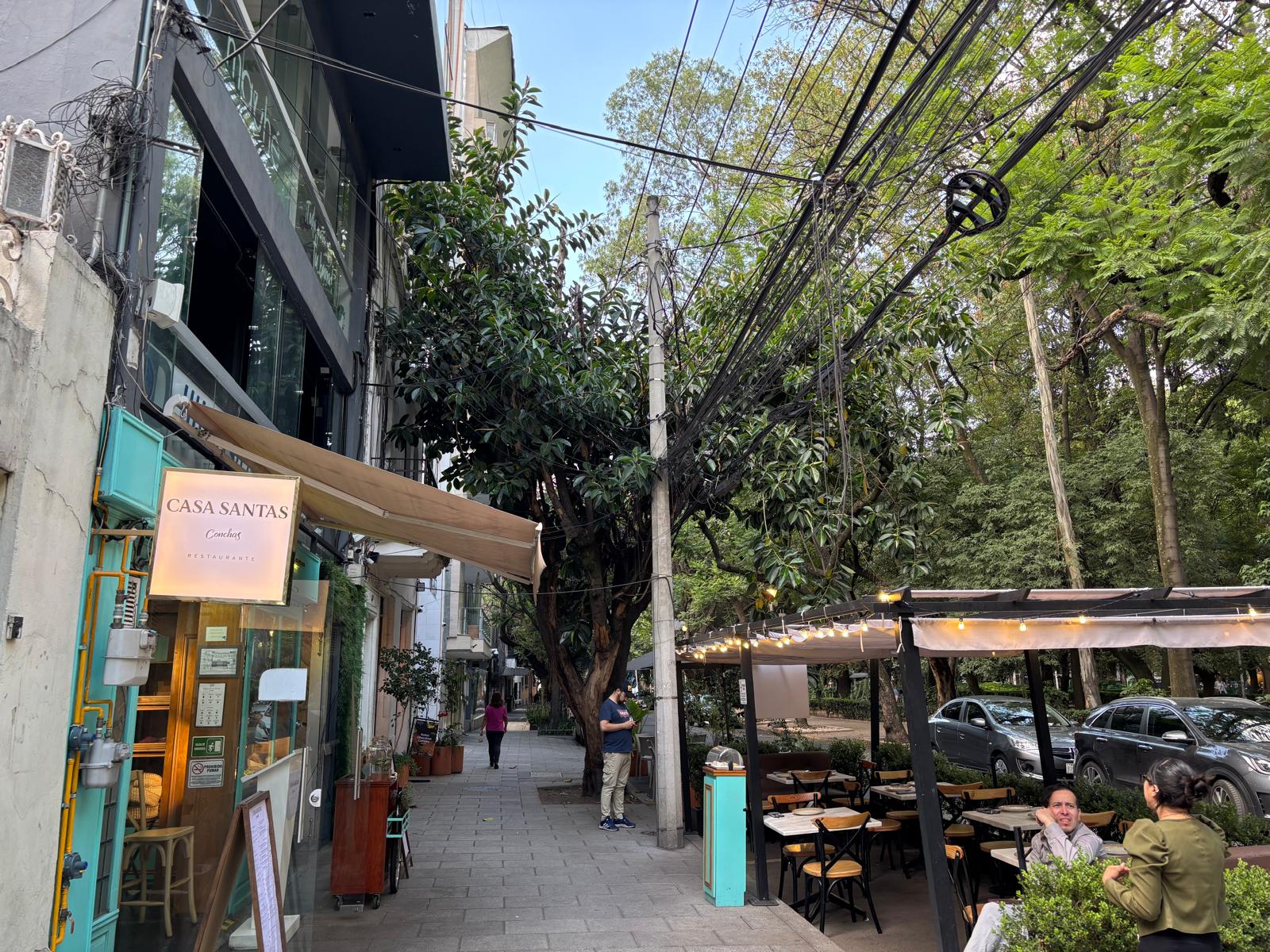
A lot of outdoor spaces among the cafes, to take full advantage of the greenery.
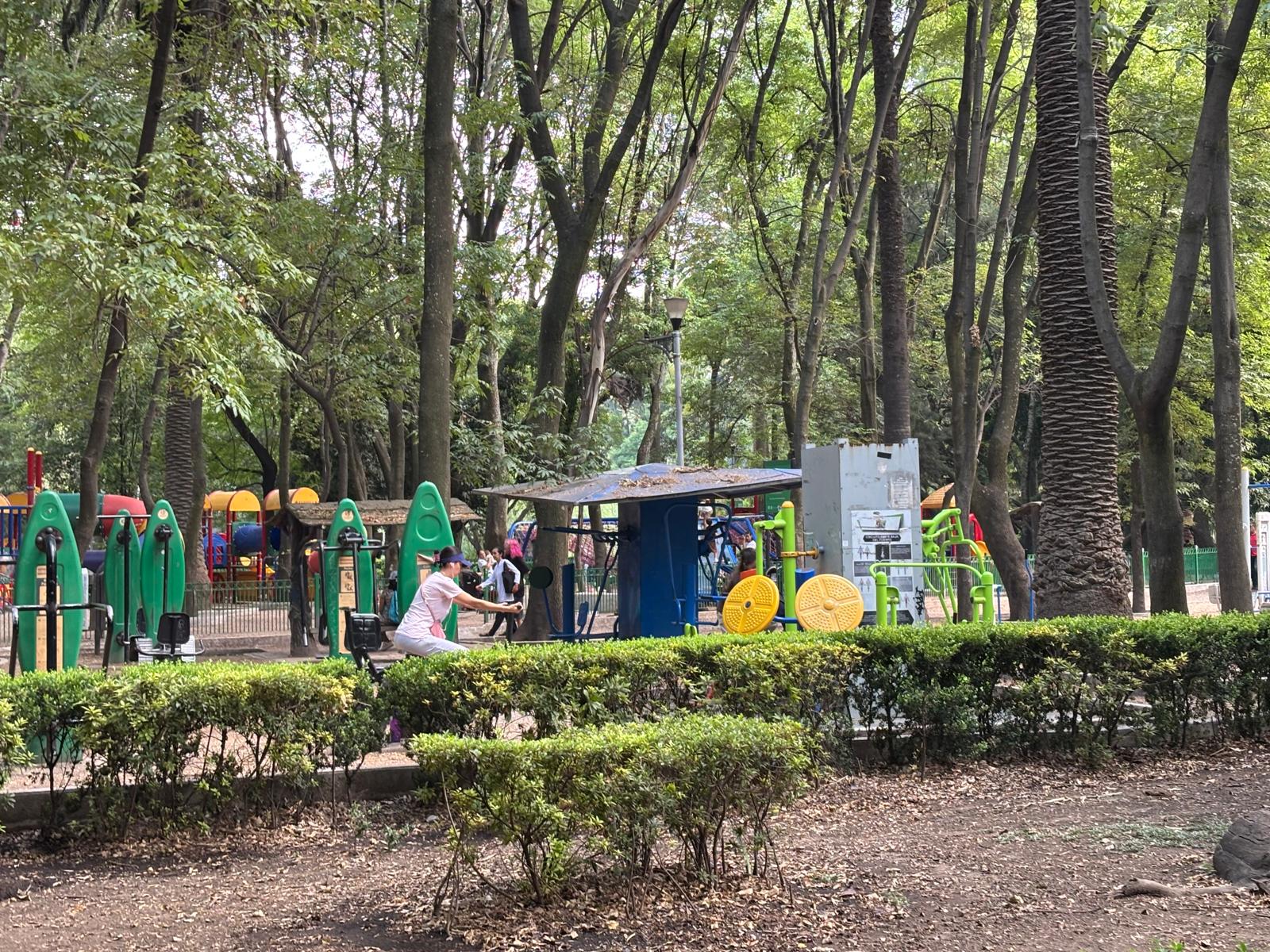
There’s a huge playground in the park here, and the whole neighbourhood has a strong family vibe.
This is probably my second-strongest choice after Roma Norte, since it’s a safe family area; and it’s somewhere I could see myself settling in for a long time. If there’s a reason I don’t rate it higher, it’s because I feel there’s more variety in terms of shops and entertainment in Roma Norte.
4. Doctores (Okay, not really in the running, but I took a look and it was interesting)
Singaporean equivalent: Jalan Besar or Geylang in the early ‘00s, before we started to clean it all up
Average price: Approx. $140 psf. Yes, really. I was told units were 800 to about 1,000 sq.ft., roughly on par with 4-room flats (some a bit smaller).
Average quantum: Approx. $120,000 to $160,000
Alleged rental yield: Approx. eight to 10 per cent
This only happened because I confidently told an agent I love urban places, I’m Singaporean and I was born for narrow streets and concrete. Also, I said I found Singapore’s safety a bit too sterile at times.
So since I was being a cringey edgelord, this is where I was shown to. This area is close to Roma (see above), but much more affordable. It was historically known for high crime rates, but it has begun to stabilise over the years; and parts of this neighbourhood are now gentrifying. It’s a wild card, and a chance for risk-taking buyers to snap up a unit before future changes.
In addition, the crime situation today – at least according to the agent – is more about thieves breaking into the many car shops in the area. It’s less directed at individuals now. And as a bonus, Arena Mexico is here: the famous centre of Lucha Libre shows.
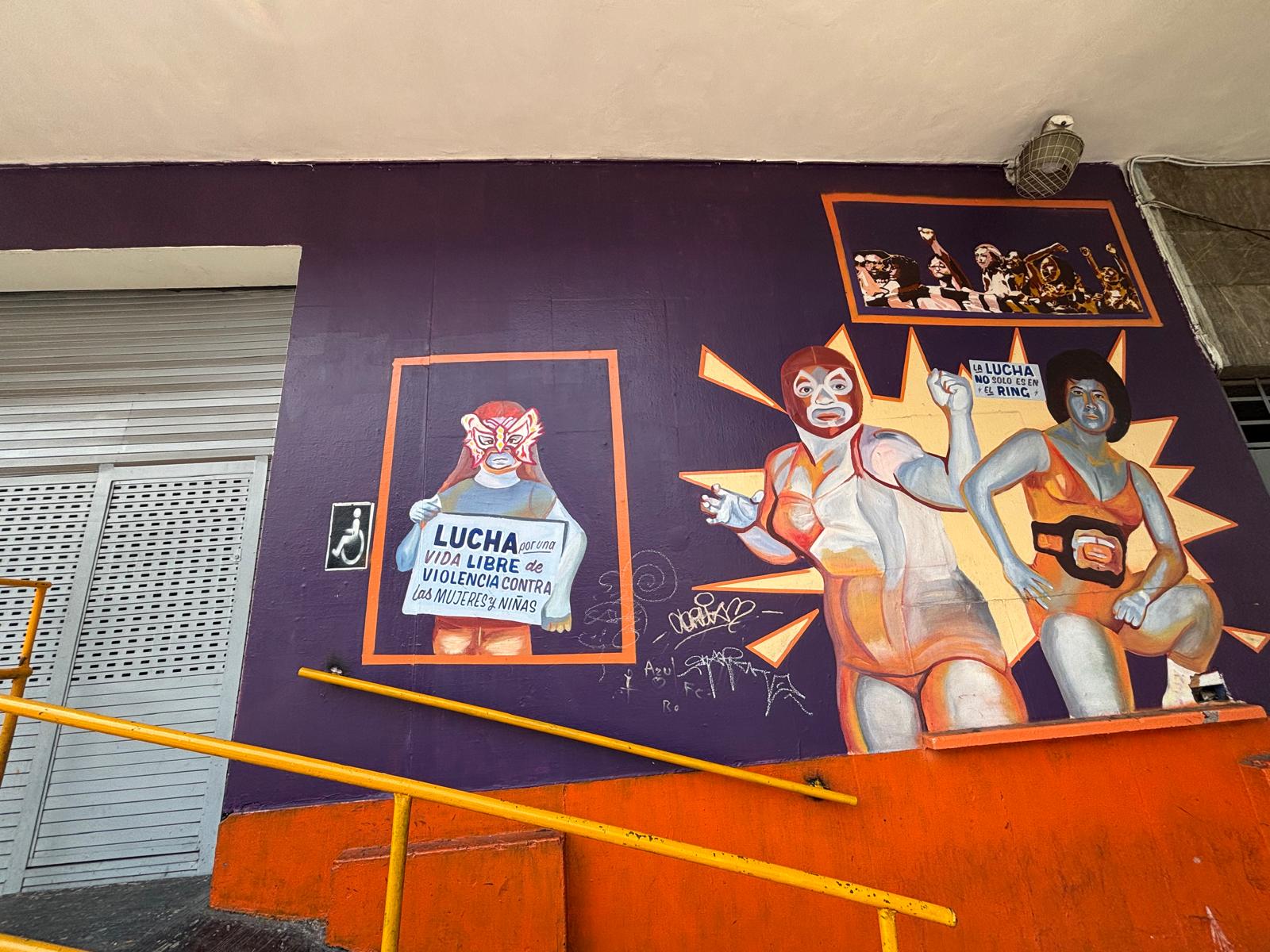
Outside Arena Mexico, where things get real once a Lucha Libre match is on.
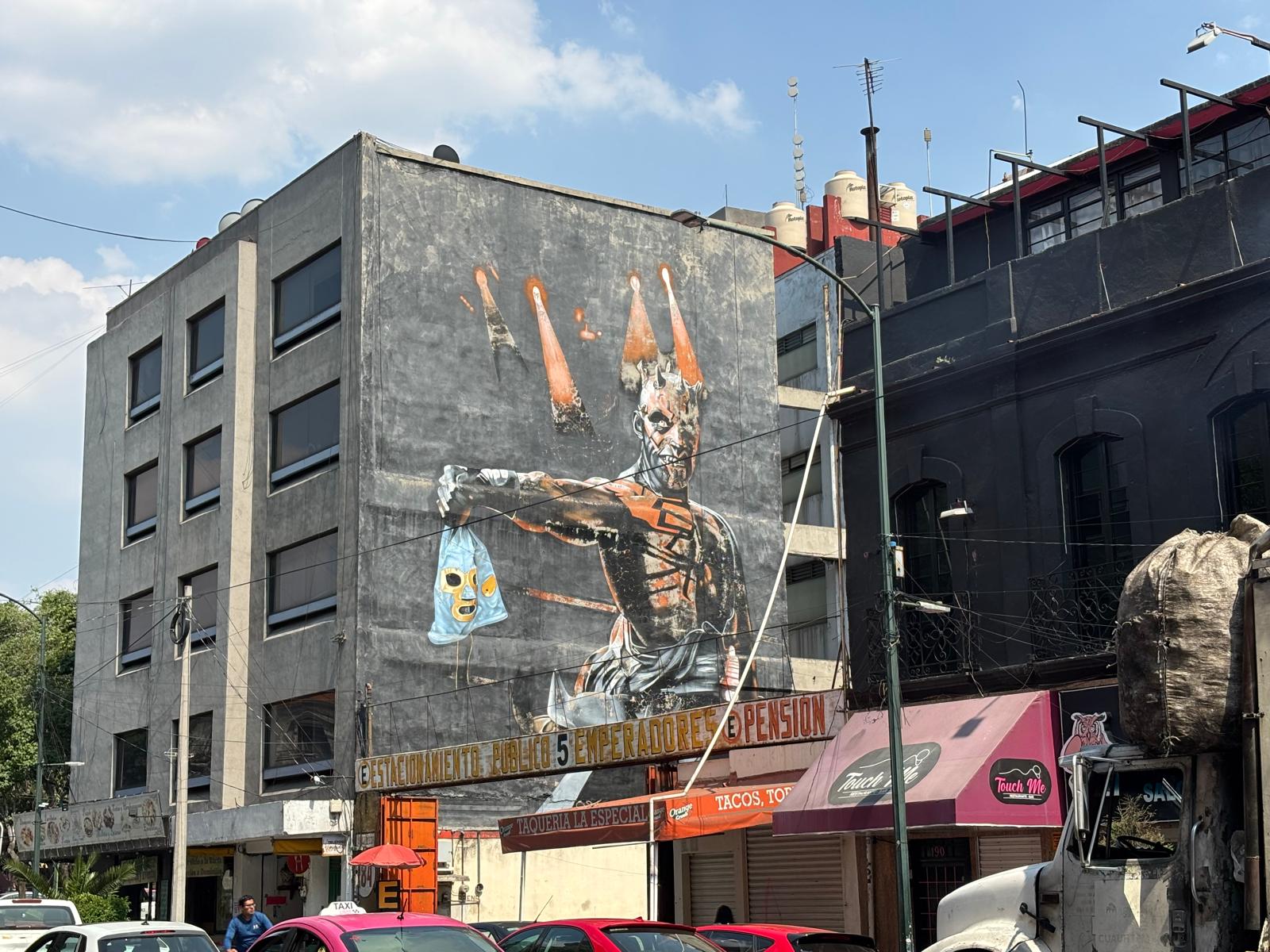
The street art is next level in Doctores, and the area has a very raw, gritty vibe.
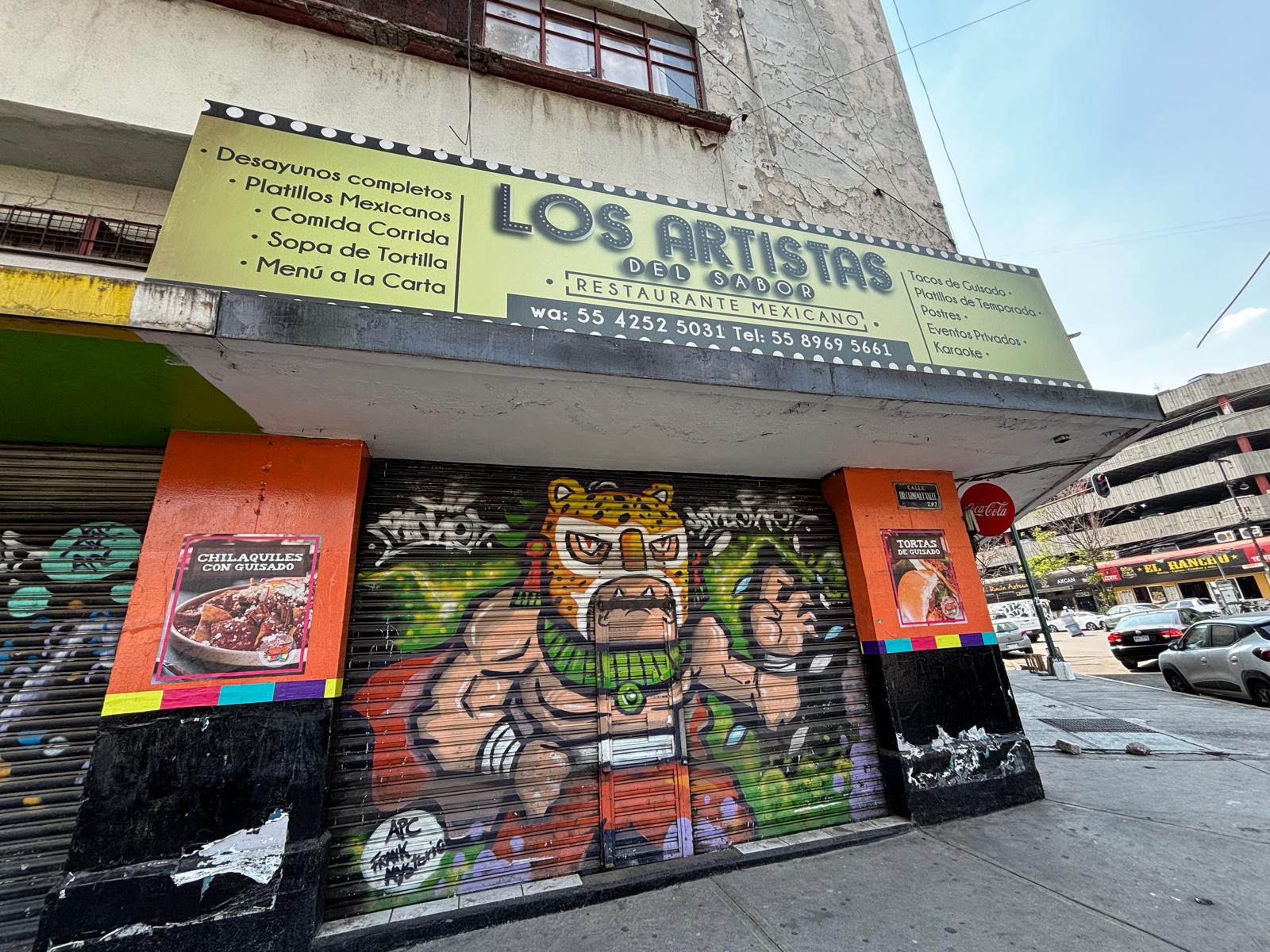
Another great example; the street art here really lights up the neighbourhood.
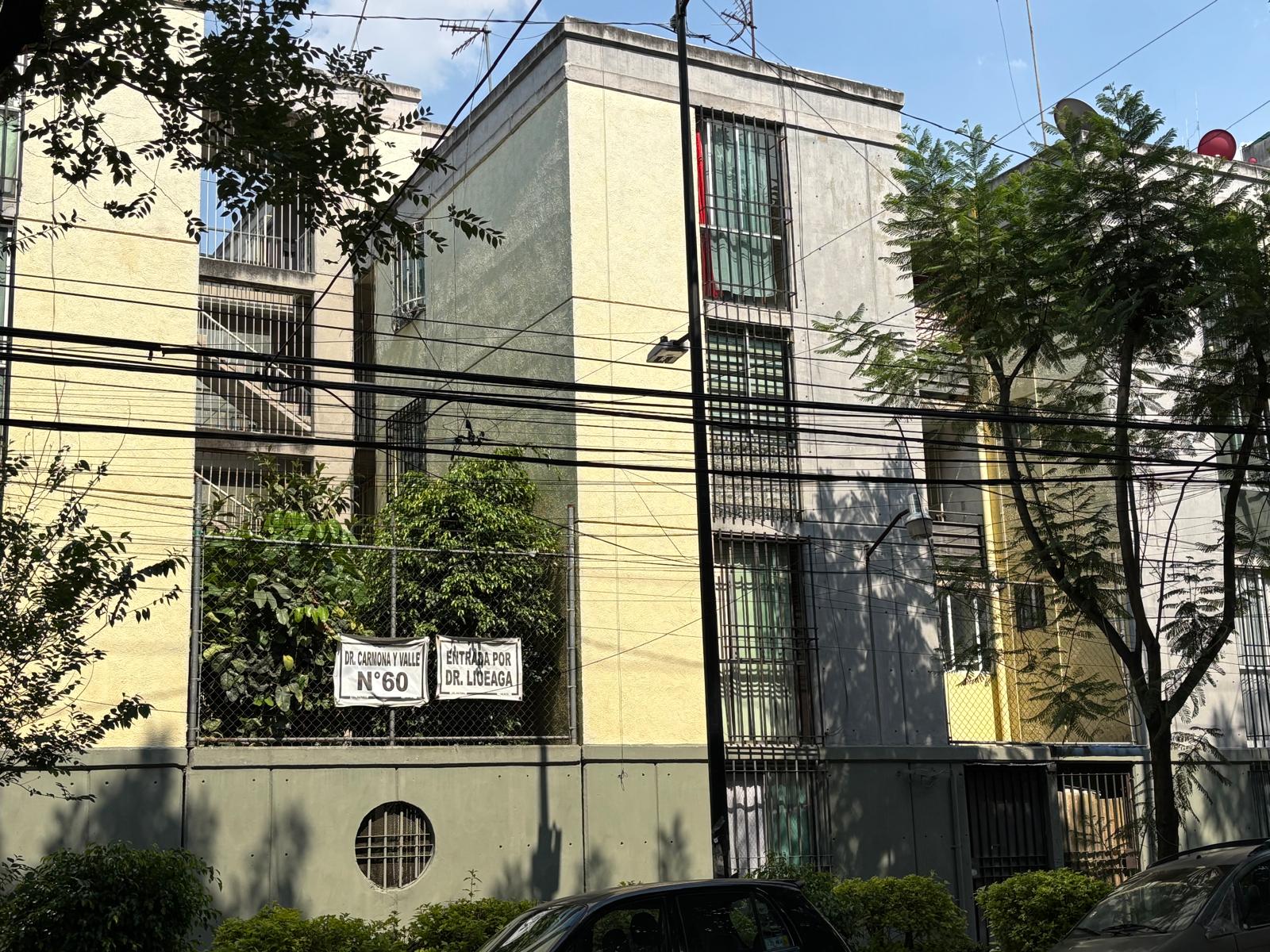
Unfortunately the buildings still reflect past issues and worries. Notice the defensiveness of the gates and grilles.
This is an option for high-yield investors, urban edge seekers, and singles who love the vibe. But there are resale challenges, and the realtor warned that a low-income tenant base is the norm here. That doesn’t mean that they’re bad tenants, but it does mean greater risk of broken leases, or inability to make good on damages.
I don’t want to leave you with the impression that I’m bad-mouthing Doctores though. I actually like the vibe, and I think it’s massively undervalued for its location. It’s so close to Roma, but the cost is so much lower. If I was younger and alone, I’d make the attempt.
Am I buying? Not yet, but it’s still on the cards
CDMX is so huge, with so many options, that it really takes a while to venture around and soak it in. It’s also a wildcard choice for someone on our end of the world; but it’s also one of the most affordable major world capitals, with still a lot of untapped upside potential.
For those who really need an escape from Singapore (perhaps as a holiday home), or who want a bold investment alternative, it’s worth a look. And if you have questions, reach out to me on Stacked.
Ryan J. Ong
A seasoned content strategist with over 17 years in the real estate and financial journalism sectors, Ryan has built a reputation for transforming complex industry jargon into accessible knowledge. With a track record of writing and editing for leading financial platforms and publications, Ryan's expertise has been recognised across various media outlets. His role as a former content editor for 99.co and a co-host for CNA 938's Open House programme underscores his commitment to providing valuable insights into the property market.Read next from Editor's Pick

Overseas Property Investing The Biggest Mistake Singaporeans Make When Analysing Overseas Property

New Launch Condo Analysis This New Pasir Ris EC Starts From $1.438M For A 3-Bedder: Here’s What You Should Know
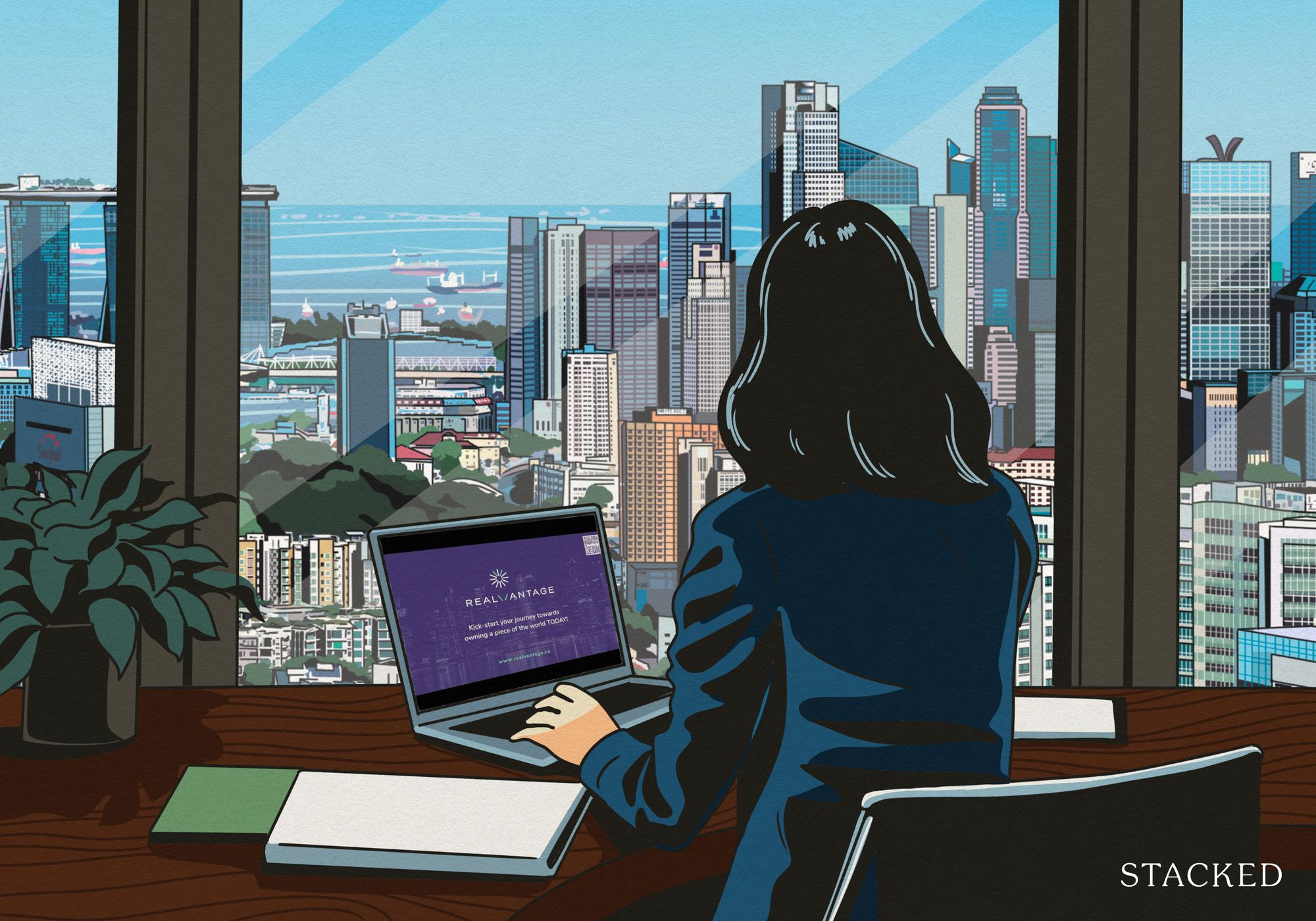
Property Investment Insights How This Singapore Property Investor Went From Just One Property to Investing in Warehouses and UK Student Housing
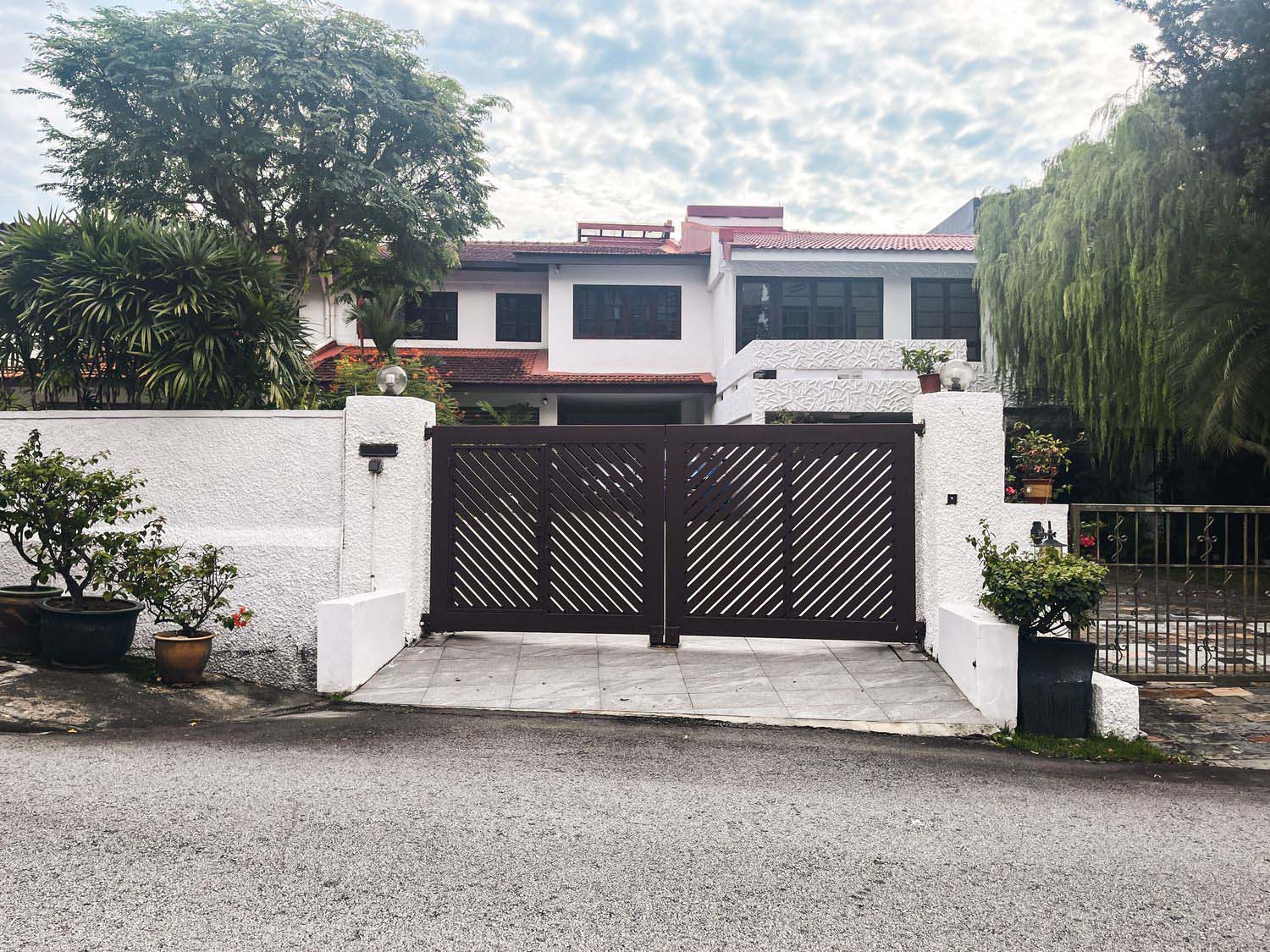
Landed Home Tours We Toured A Quiet Landed Area In Central Singapore Where Terraces Have Sold Below $8 Million
Latest Posts
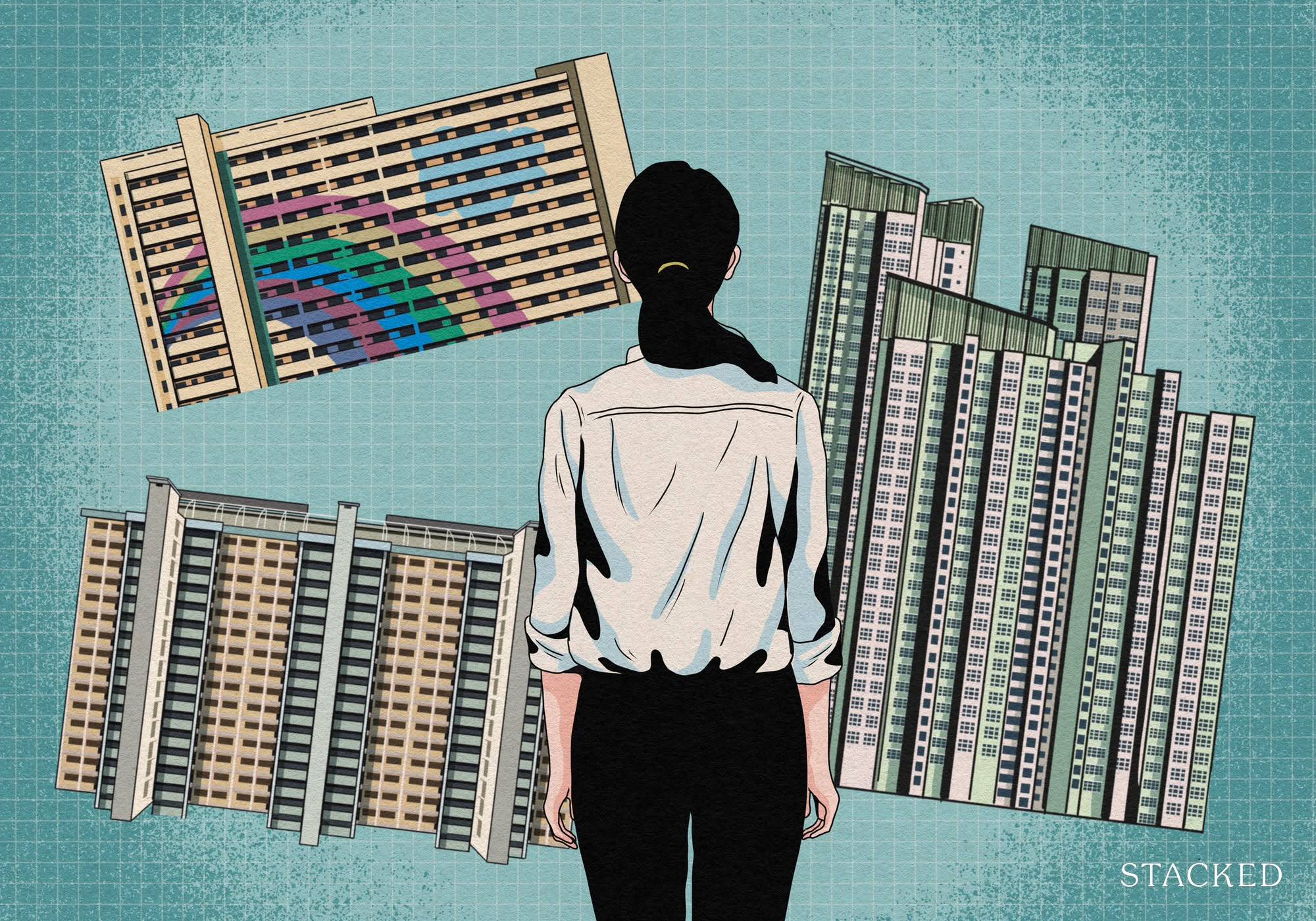
Property Investment Insights What Changed In Singapore’s Property Market In 2025 — And Why It Matters
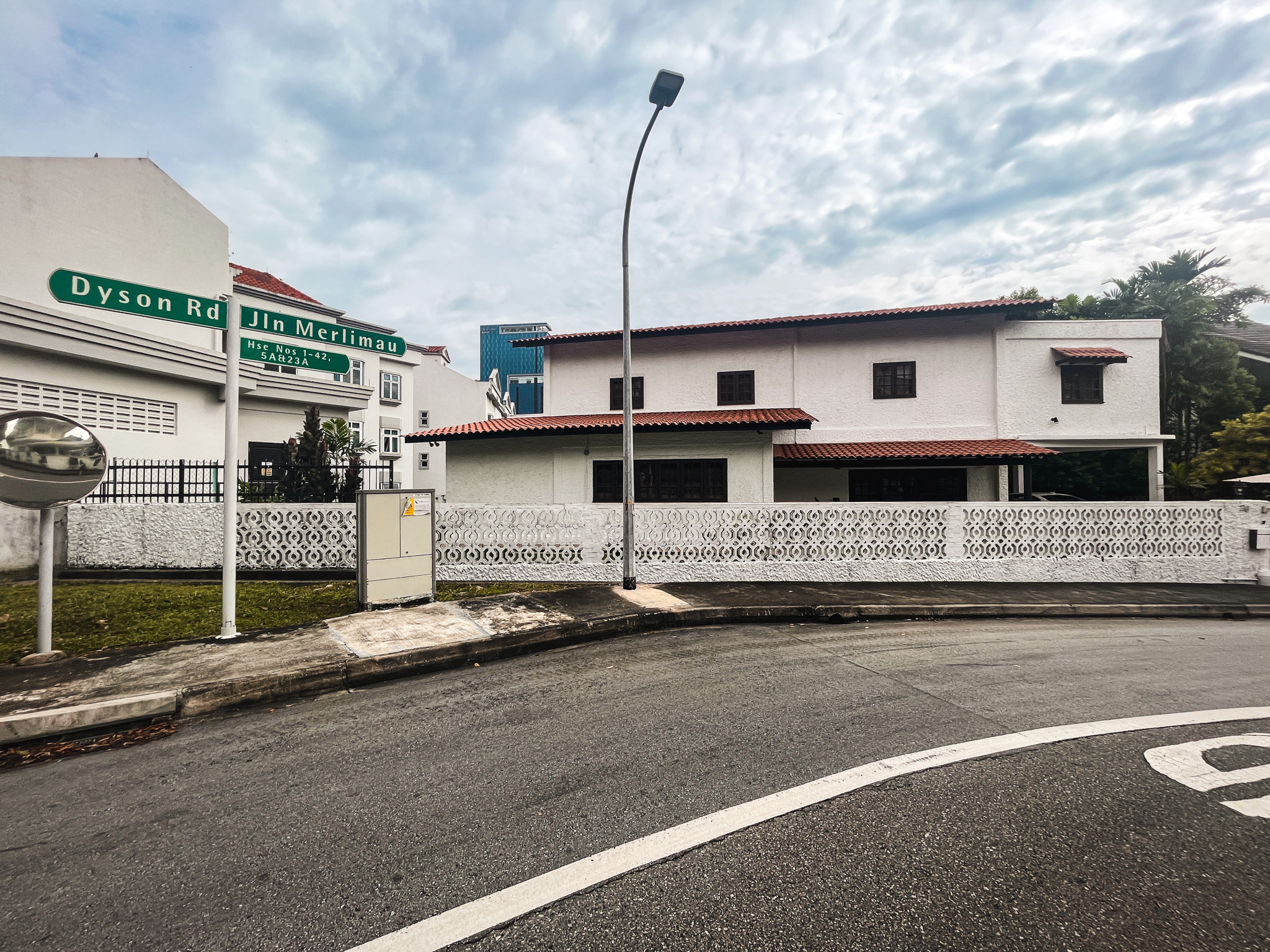
Landed Home Tours We Toured A Quiet Freehold Landed Area Near Reputable Schools — Where Owners Rarely Sell

Singapore Property News How Much Smaller Can Singapore Homes Get?

Pro How Much More Should You Really Pay for a Higher Floor or Sea View Condo?
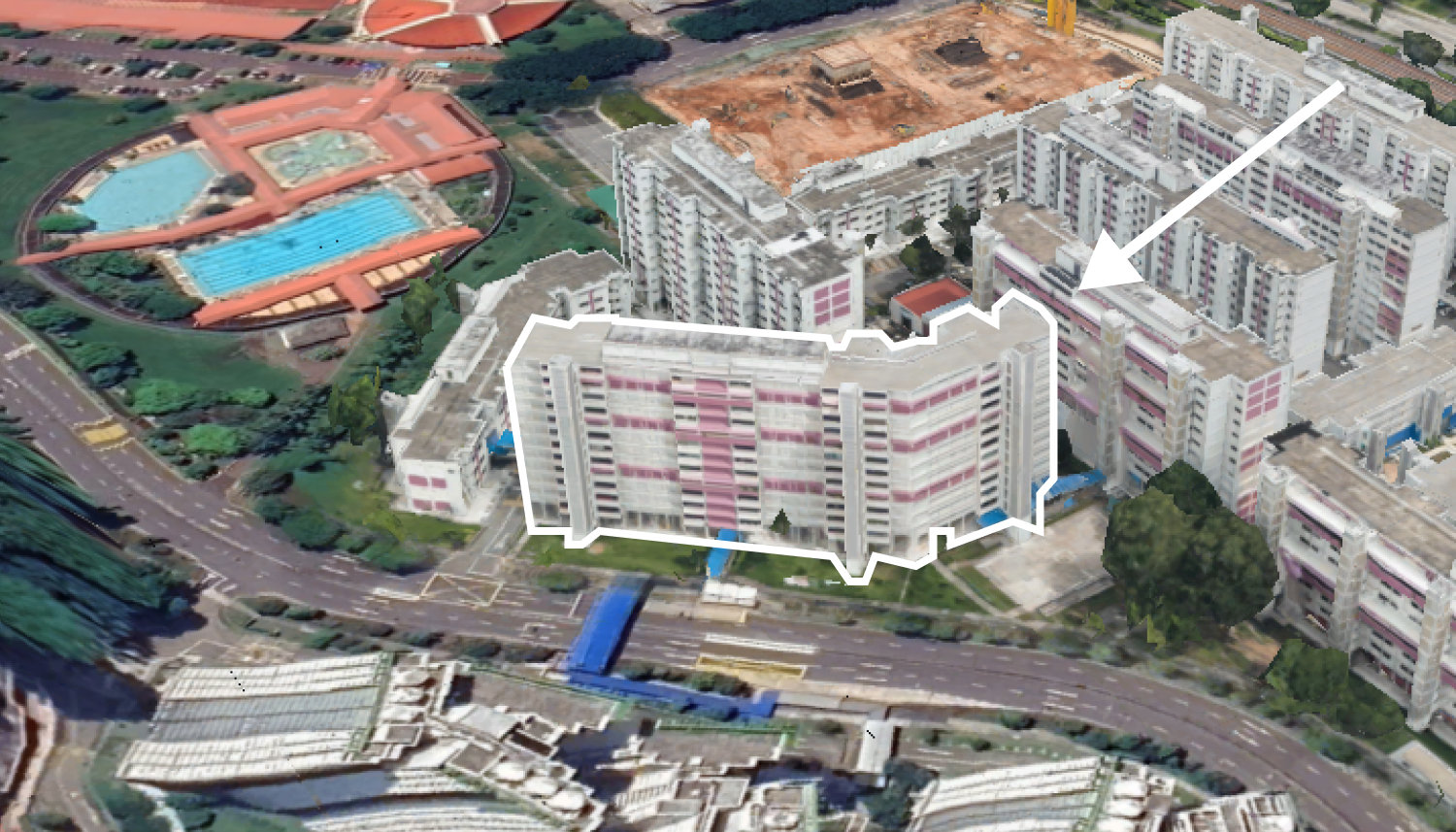
On The Market 5 Spacious 5-Room HDB Flats Under $600K You Can Still Buy Today
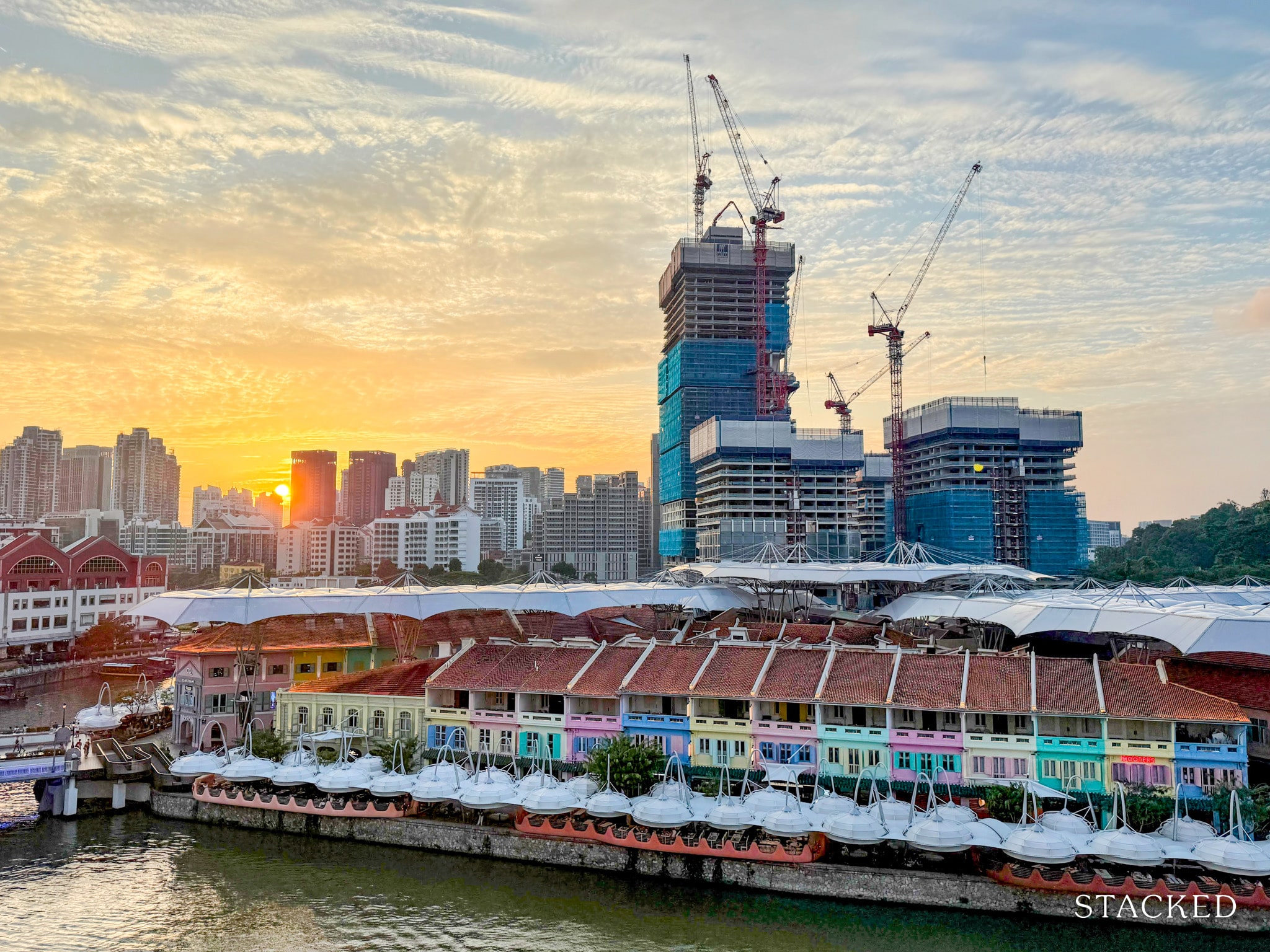
Property Market Commentary 7 Close To TOP New Launch Condos In 2026/27 For Those Looking To Move In Quick

Property Advice I Own A 55-Year-Old HDB Flat, But May Have To Sell — Can I Realistically Buy A Freehold Condo With $700K?
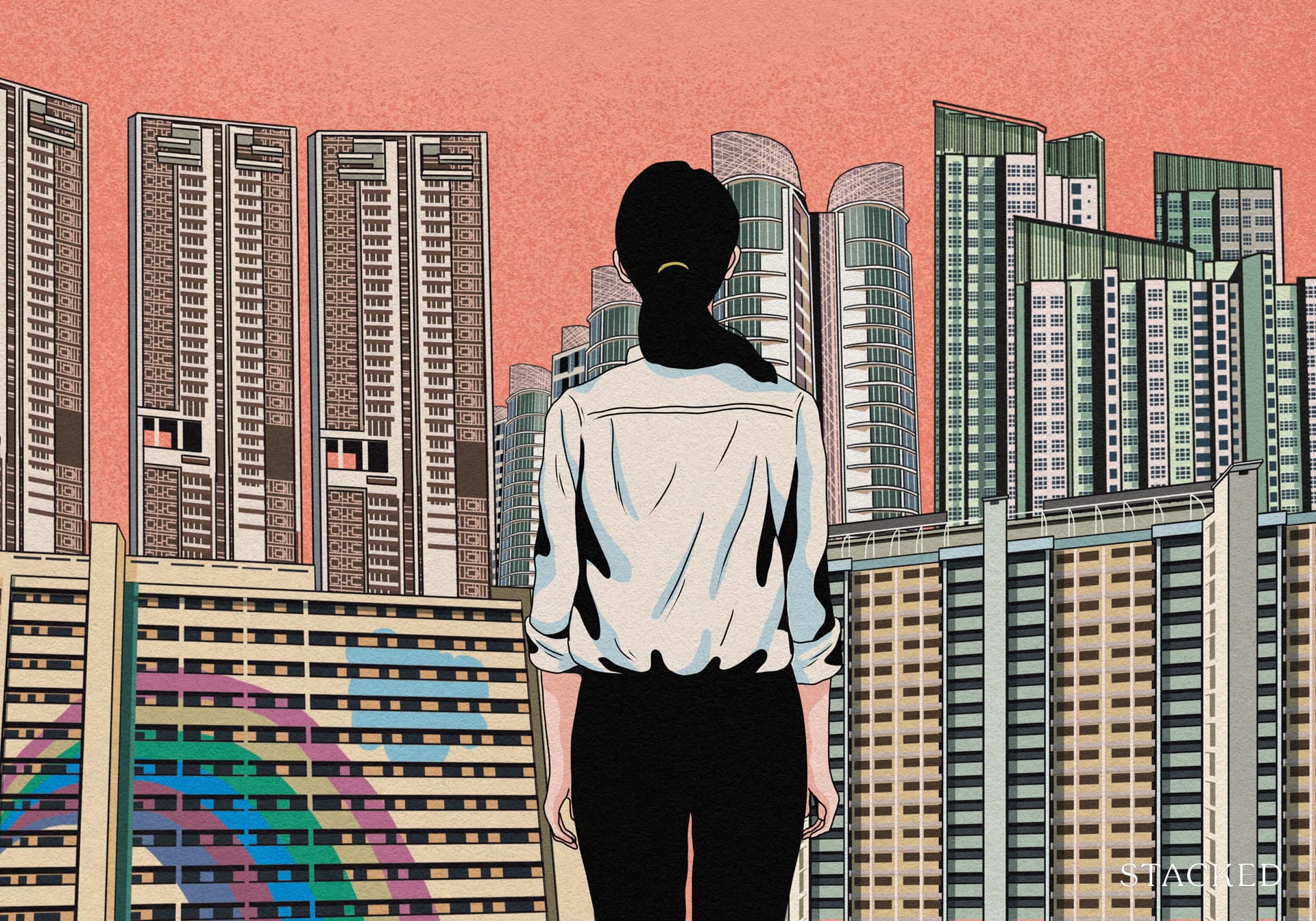
Property Market Commentary Why It’s So Much Harder For Young Singaporeans To Buy A Home Today
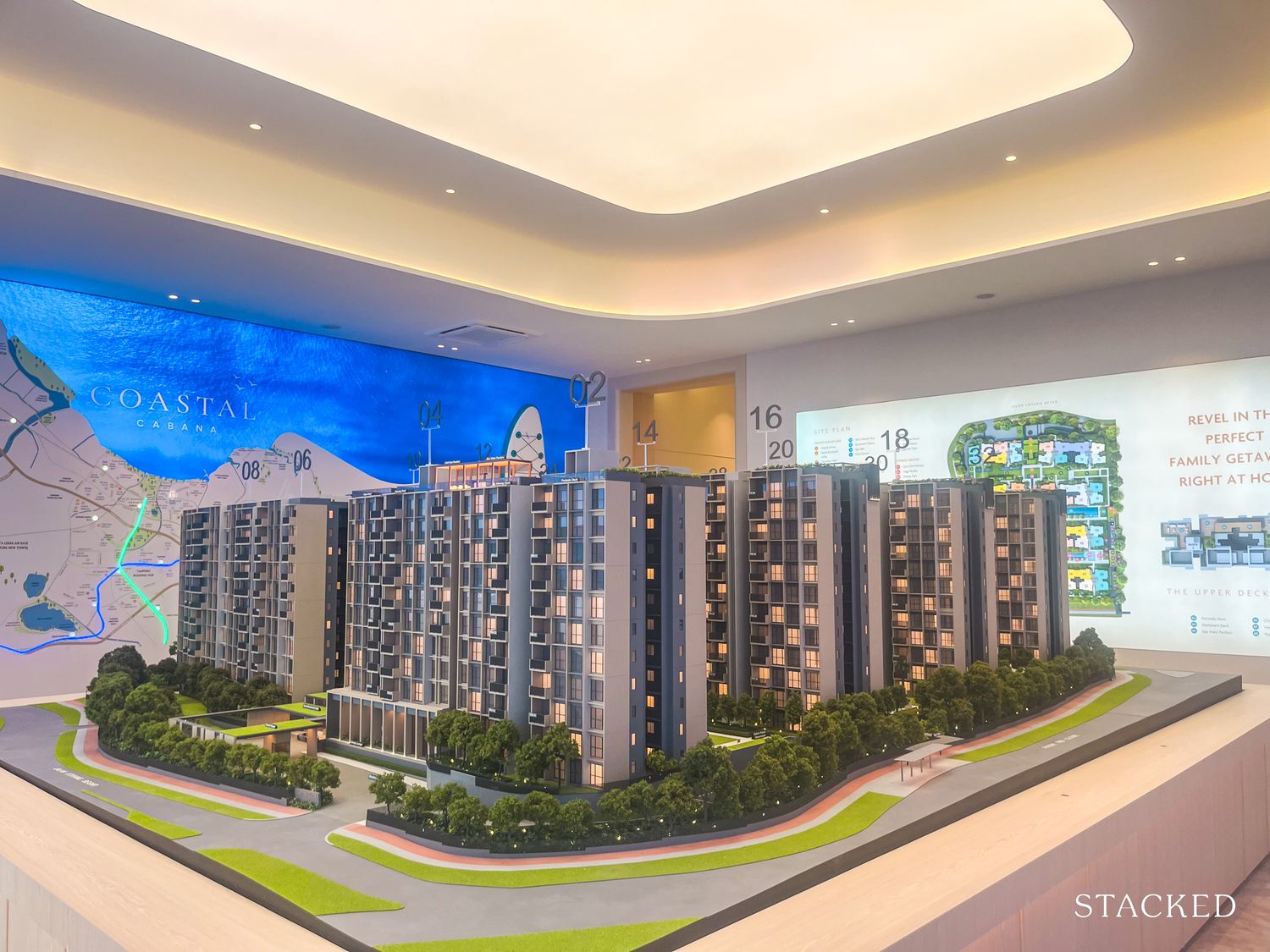
New Launch Condo Reviews Coastal Cabana EC Review: A Unique EC With Sea Views Priced From $1.438M
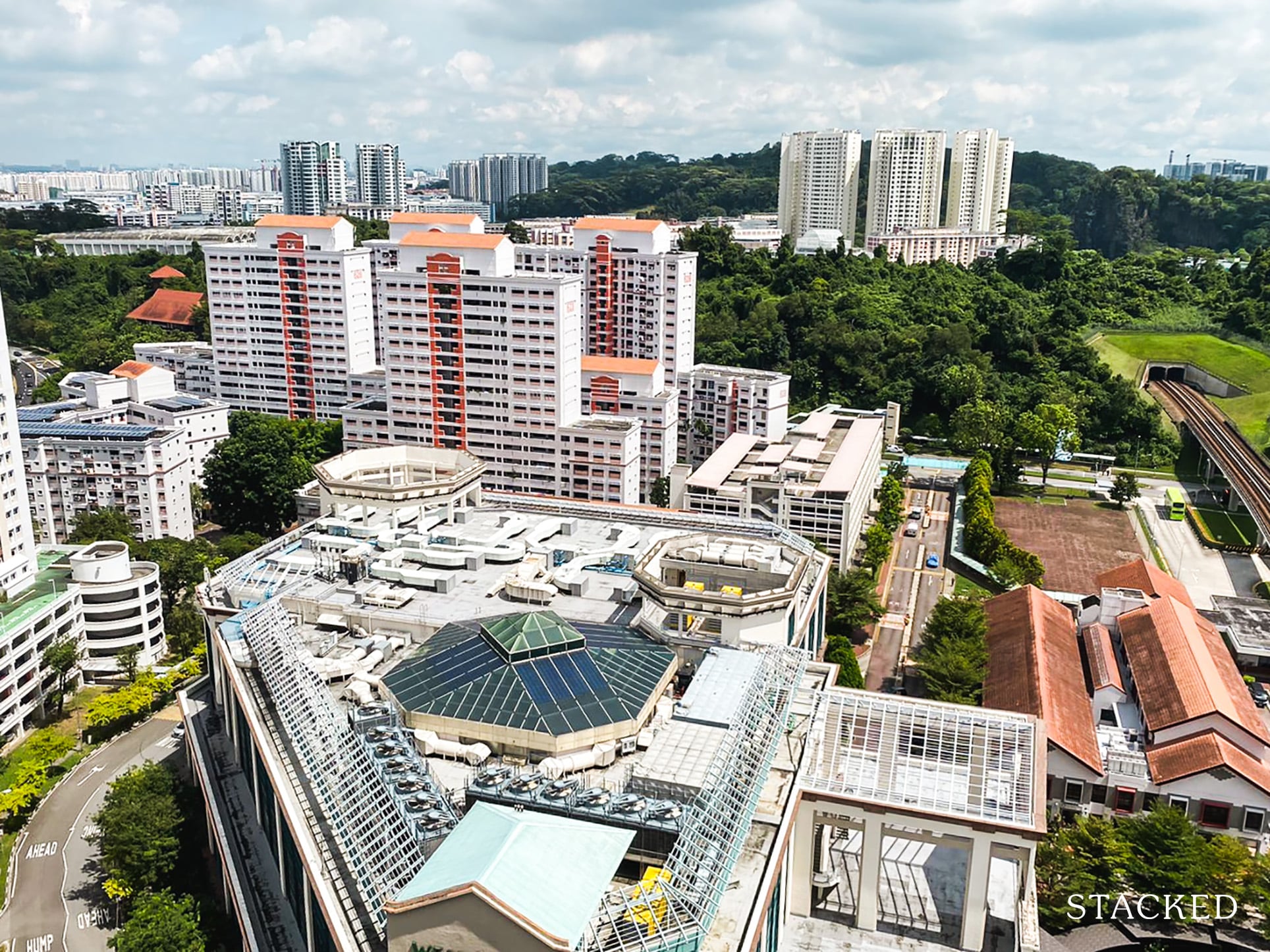
Property Market Commentary Which HDB Towns Sold the Most Flats This Year? The 2025 Rankings Reveal Some Surprises
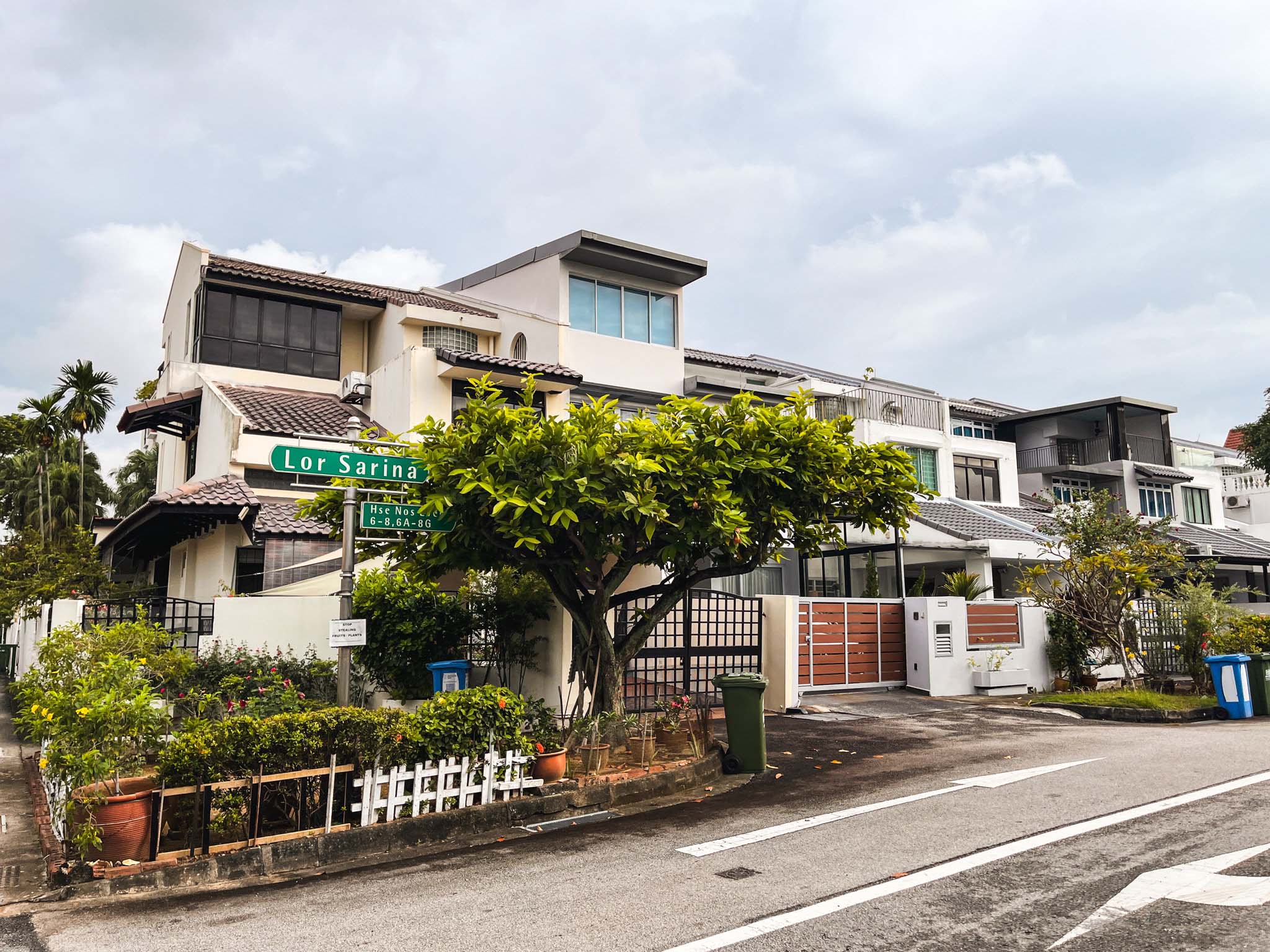
Landed Home Tours We Toured a Freehold Landed Area Buyers Overlook — It’s Cheaper (and Surprisingly Convenient) From $3.2M
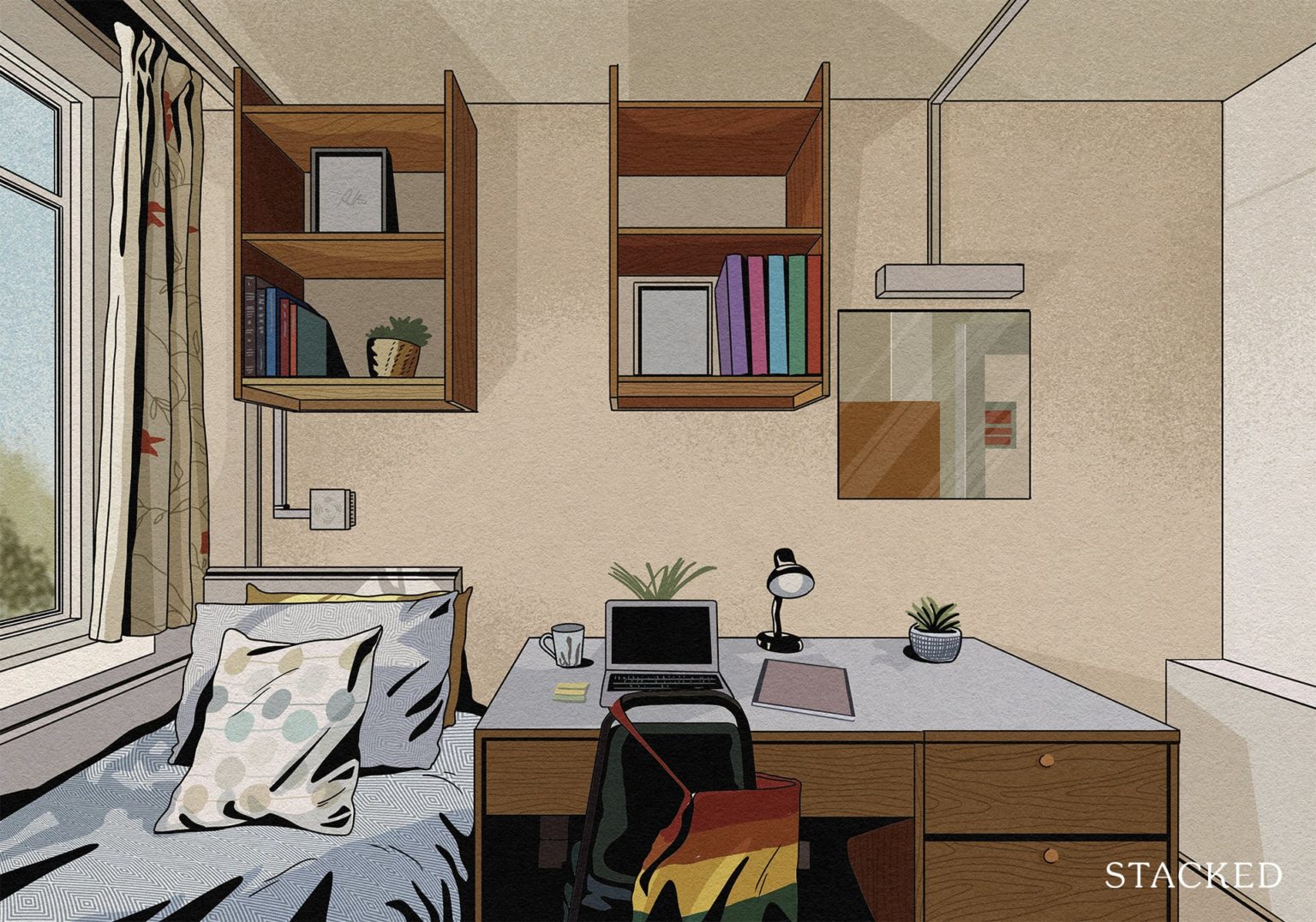
Singapore Property News The Hidden Costs of Smaller Homes in Singapore

Property Advice We Own A 2-Bedder Condo In Clementi: Should We Decouple To Buy A Resale 3 Bedder Or Sell?
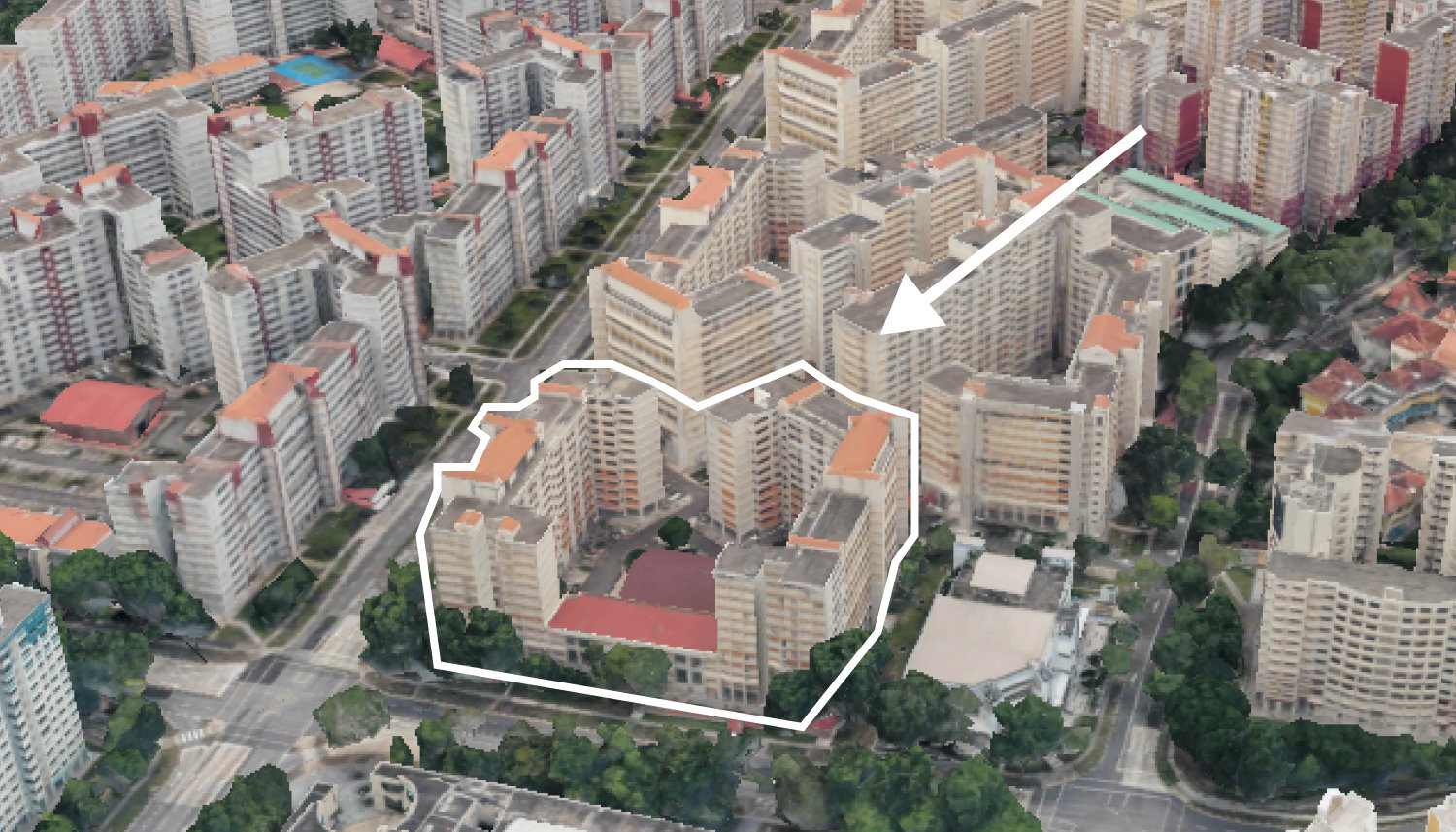
On The Market We Found the Cheapest Yet Biggest 4-Room HDBs You Can Buy From $480K
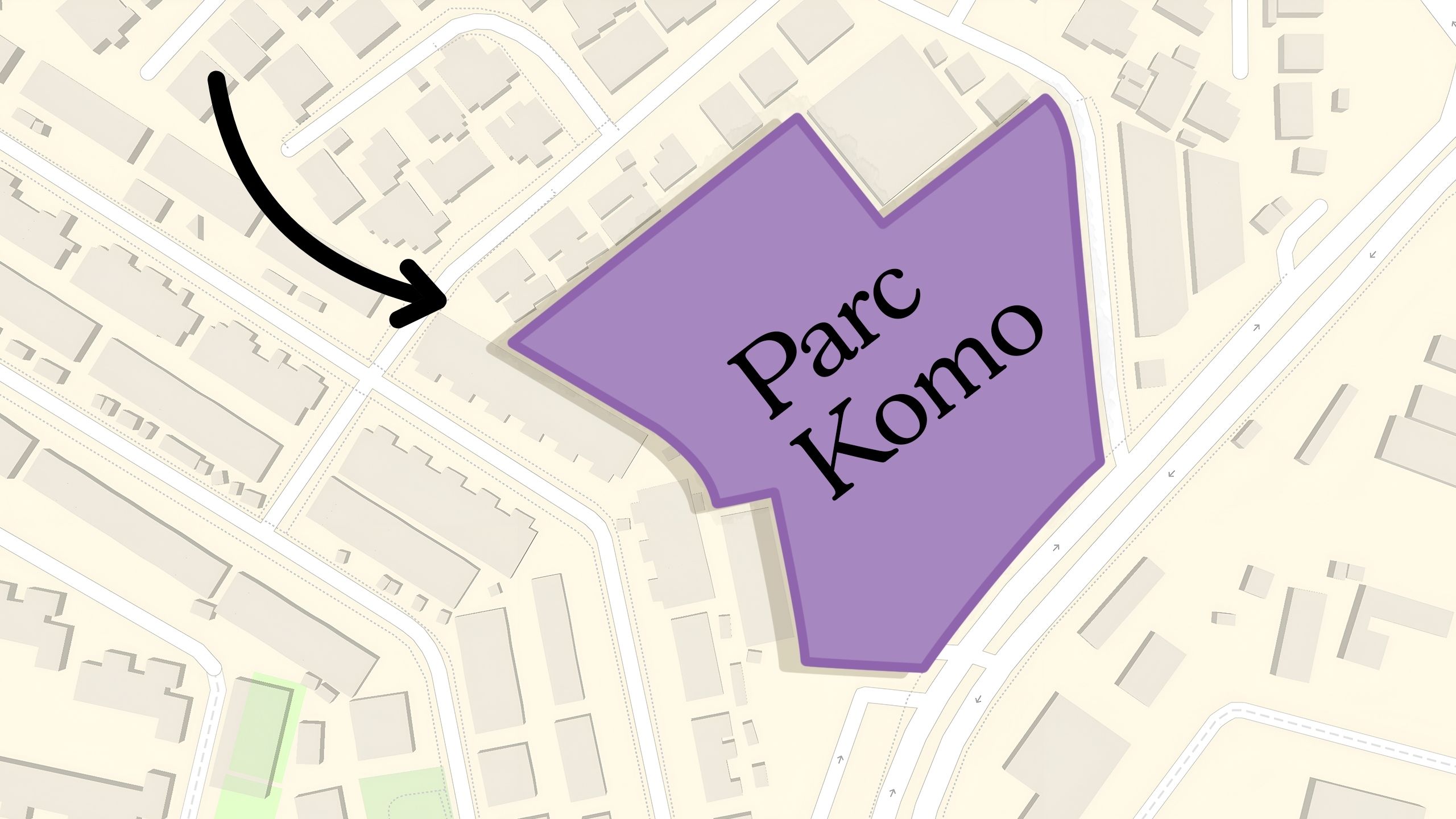
Pro Why This Freehold Mixed-Use Condo in the East Is Underperforming the Market
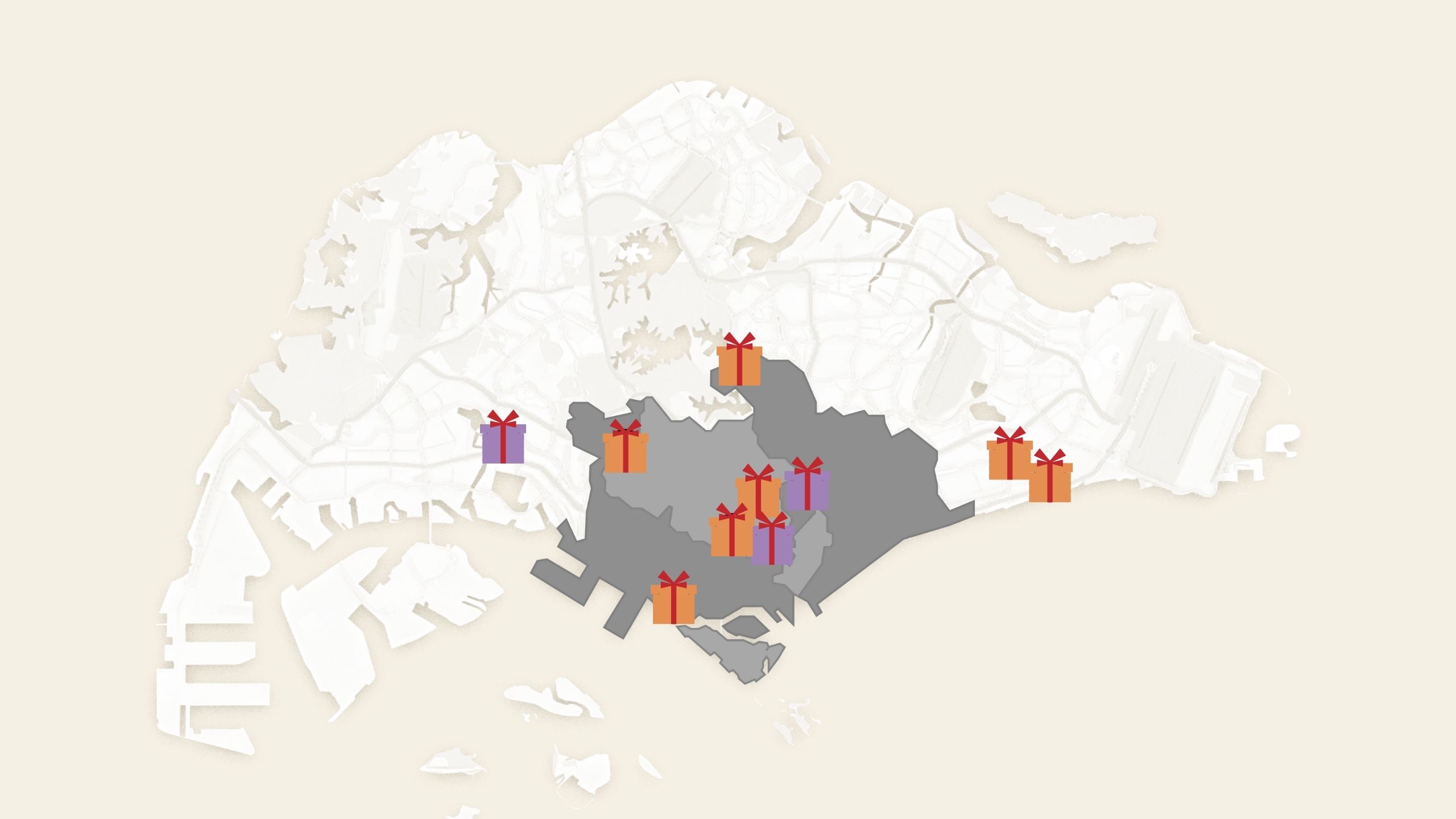


Wow, I love this article! I love Mexico City and also thought of buying a house there as I work remotely. But I ended up buying a house in Singapore because corruption seems quite prominent still (I had to deal with it for my visa and it left a bad taste).
Great write up and love that you guys are covering overseas markets. Obviously the reason why most investors pick developed markets like ANZ, London etc. is because of liquidity and the stable political environment. Which is why I would never invest in Mexico but nonetheless good to know.